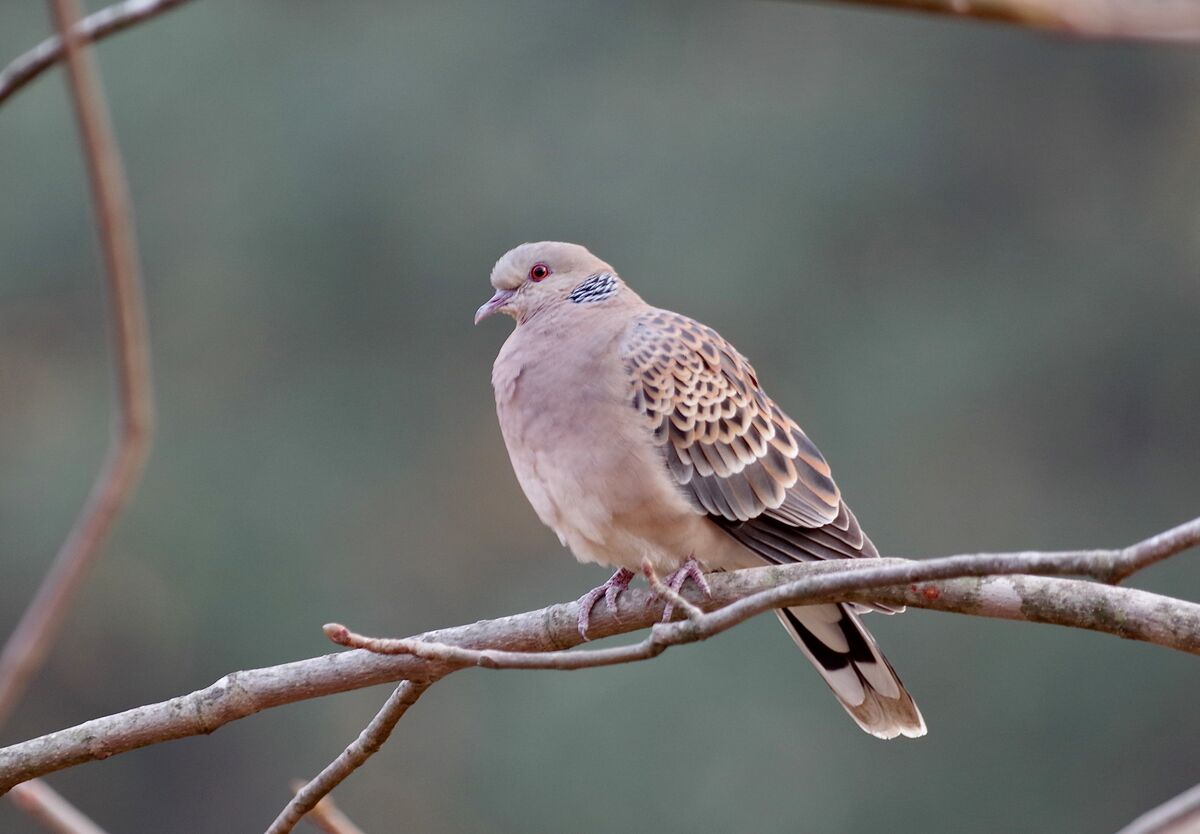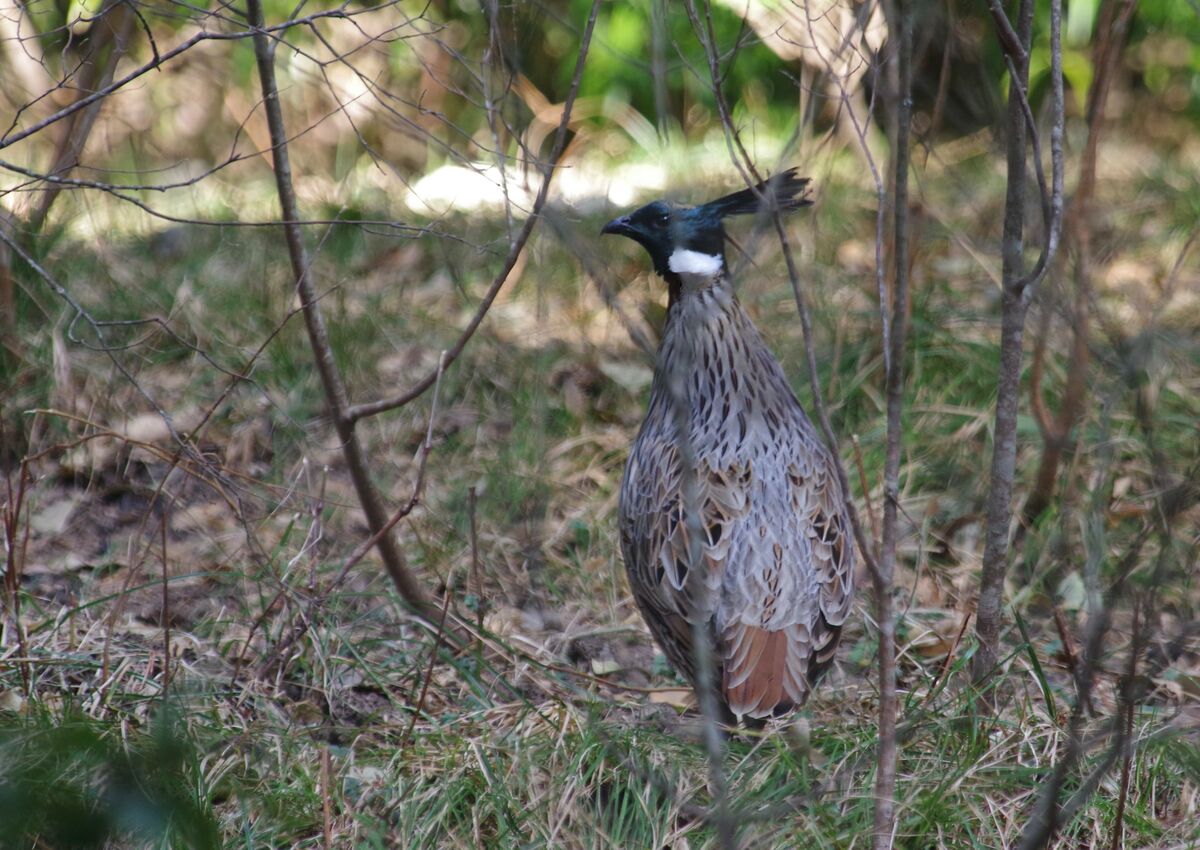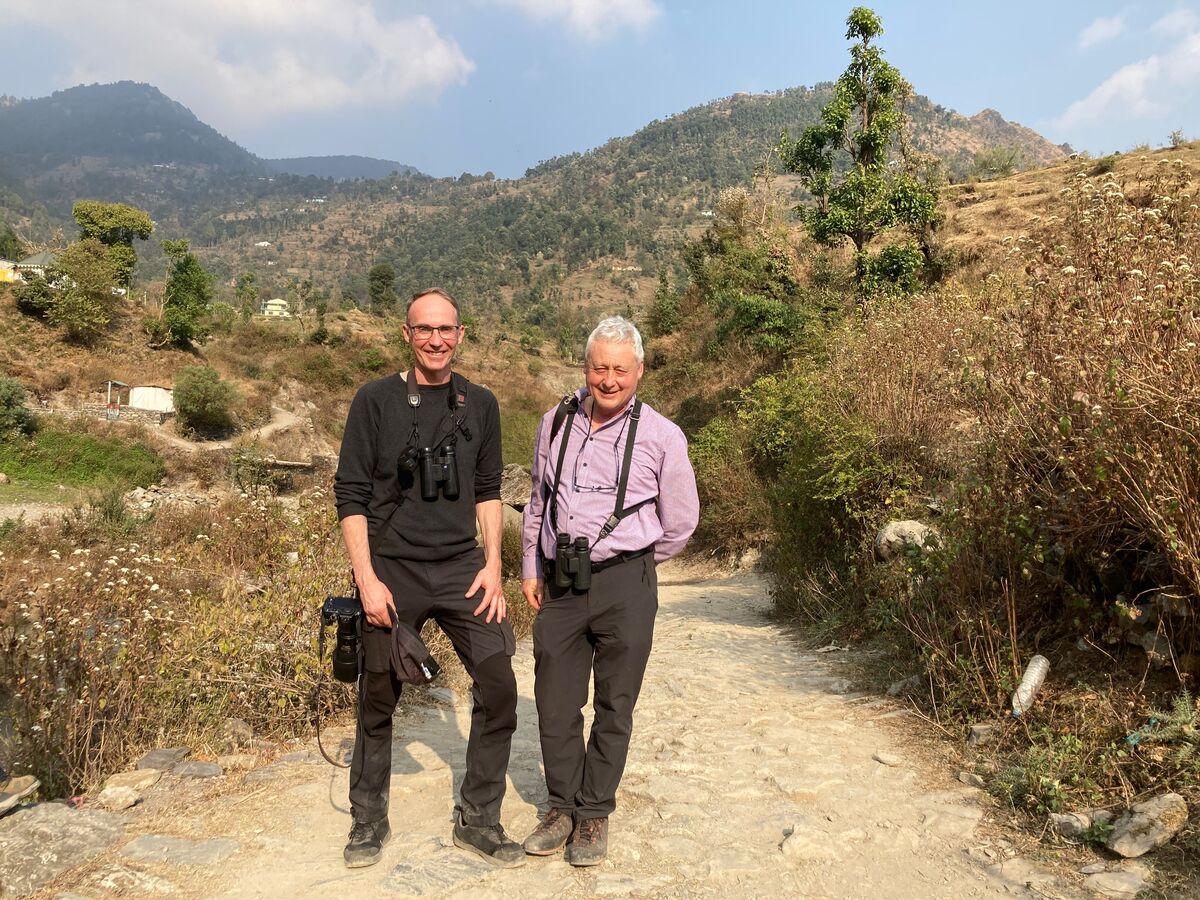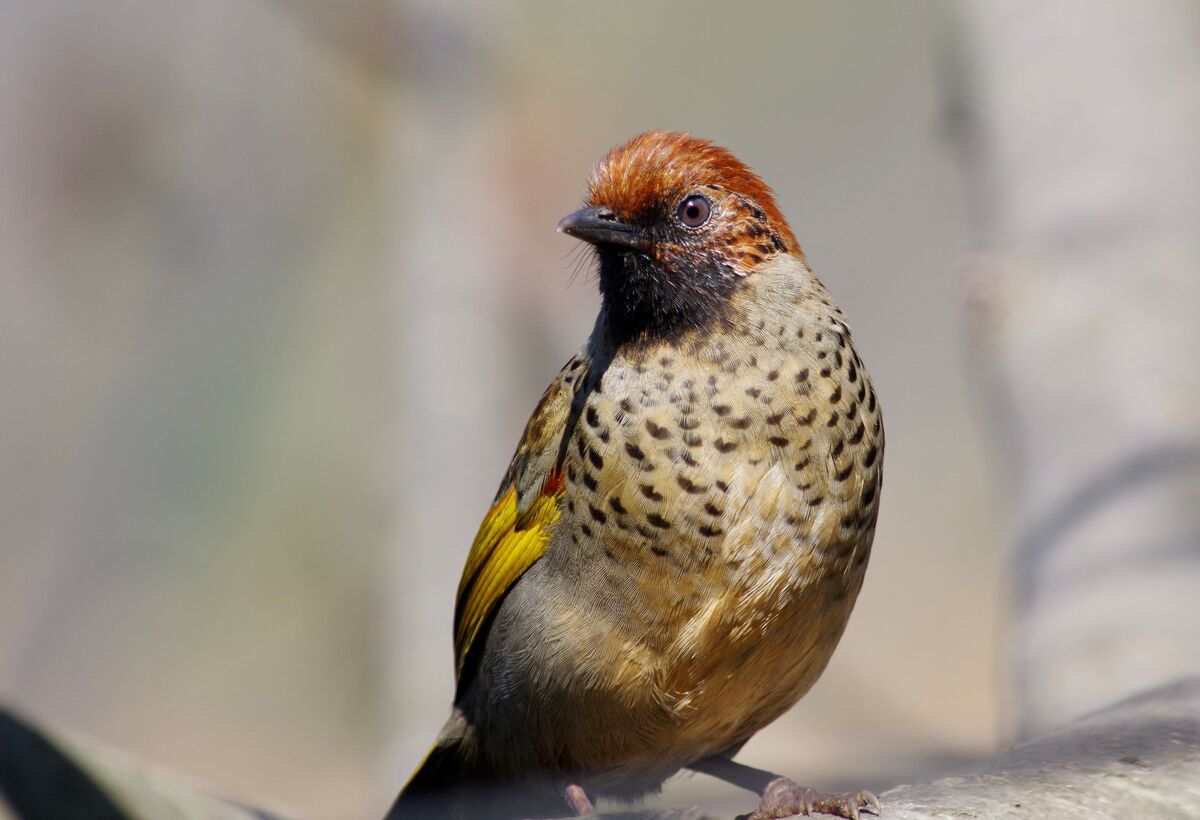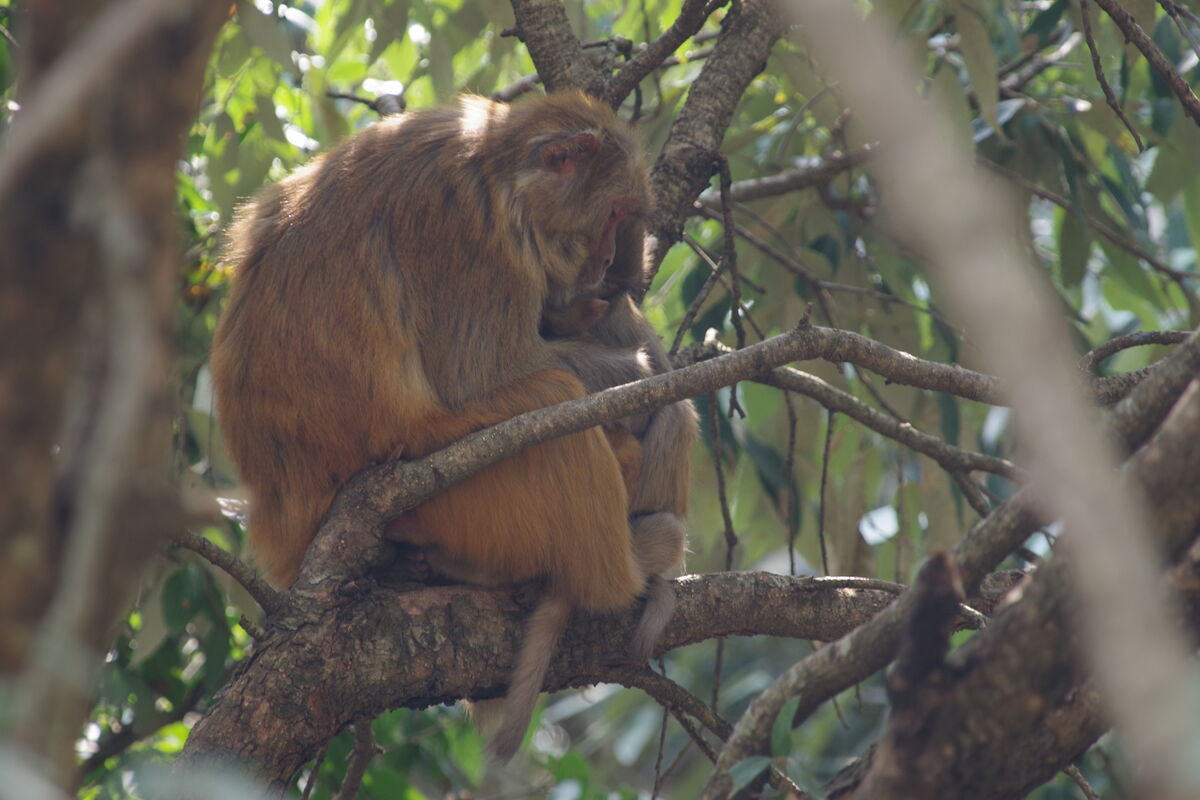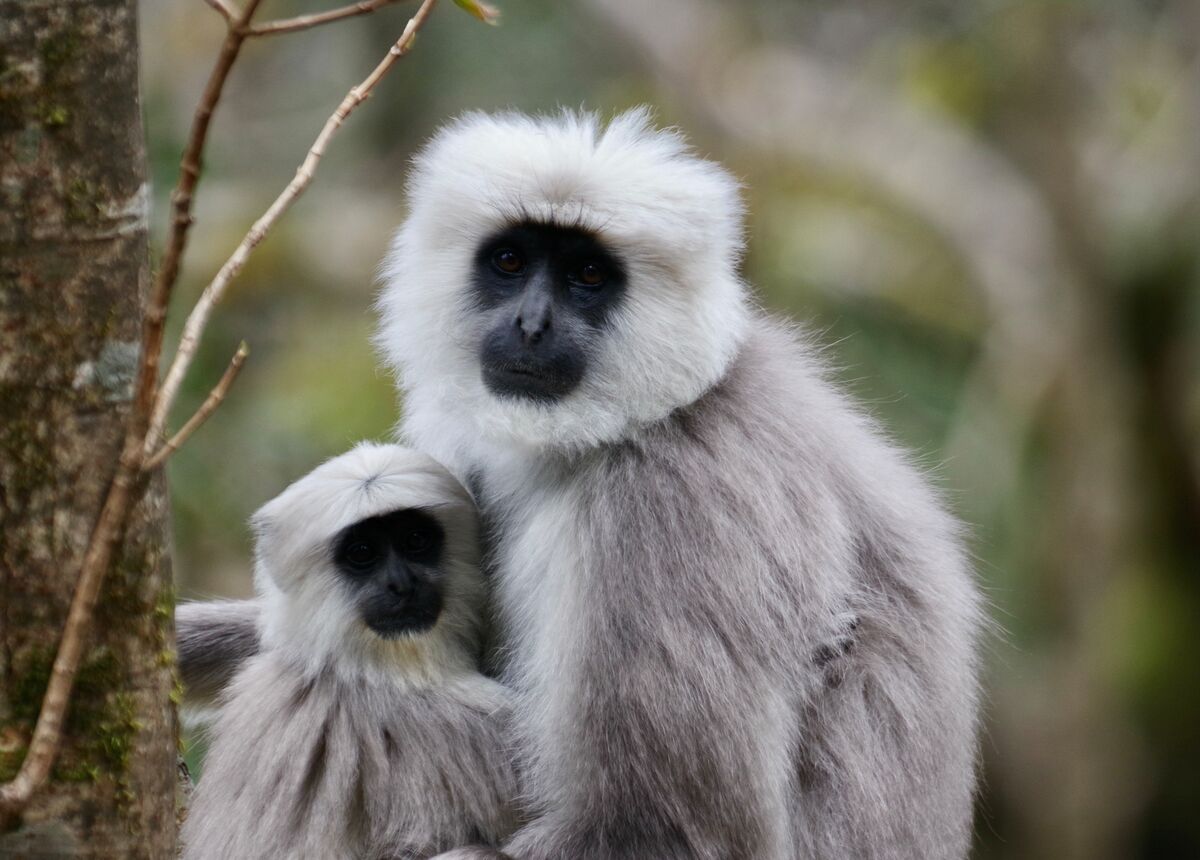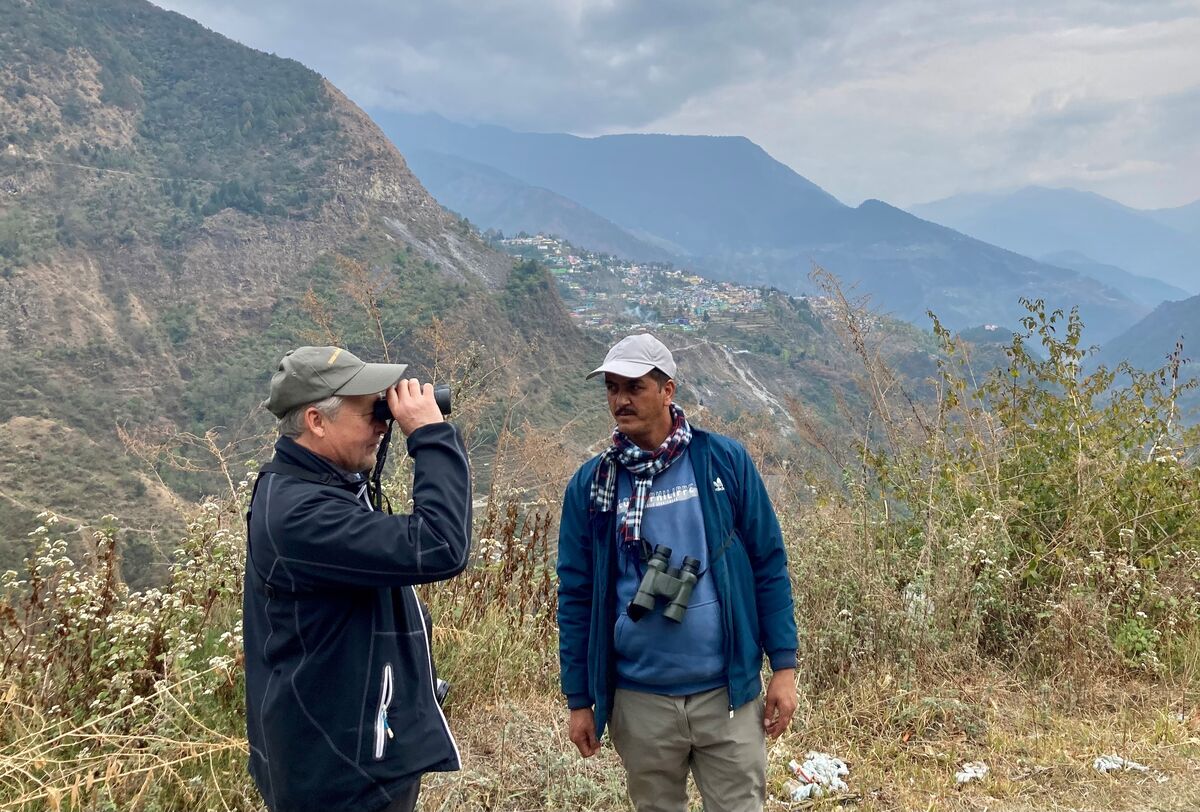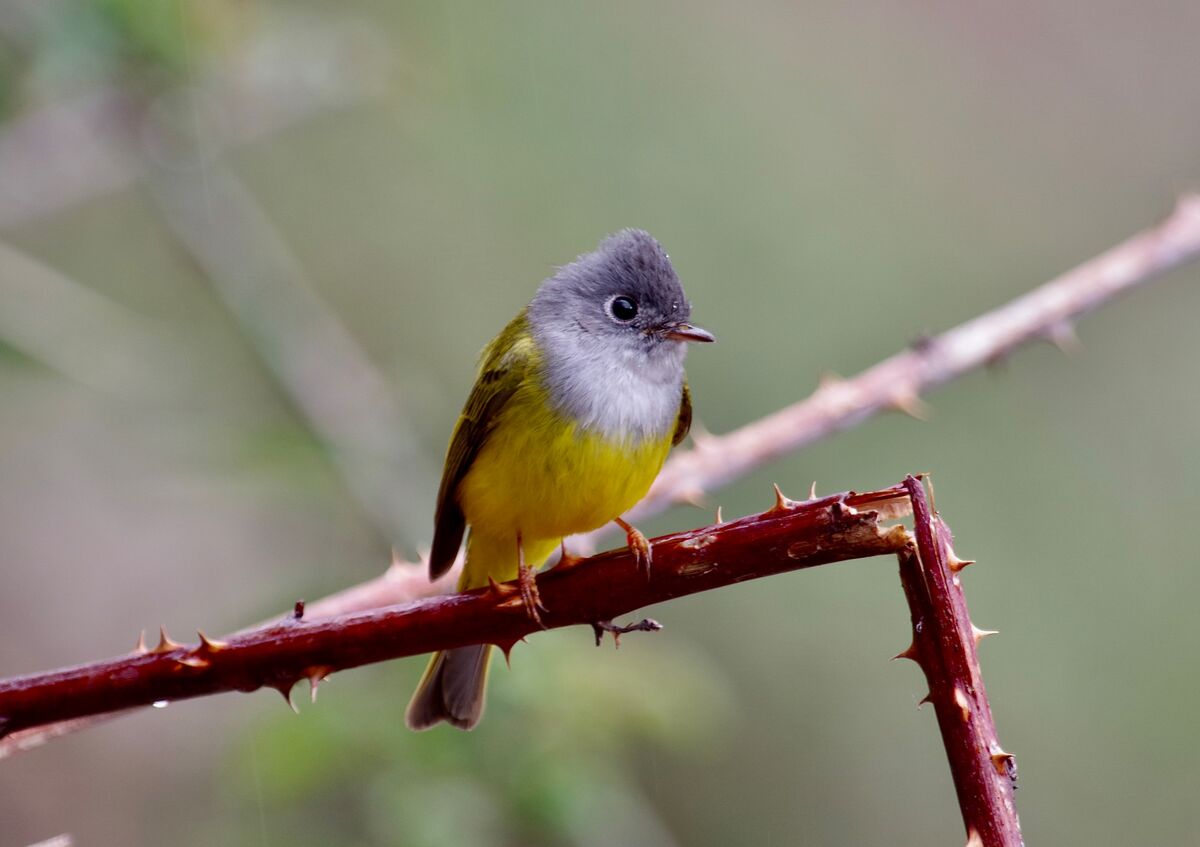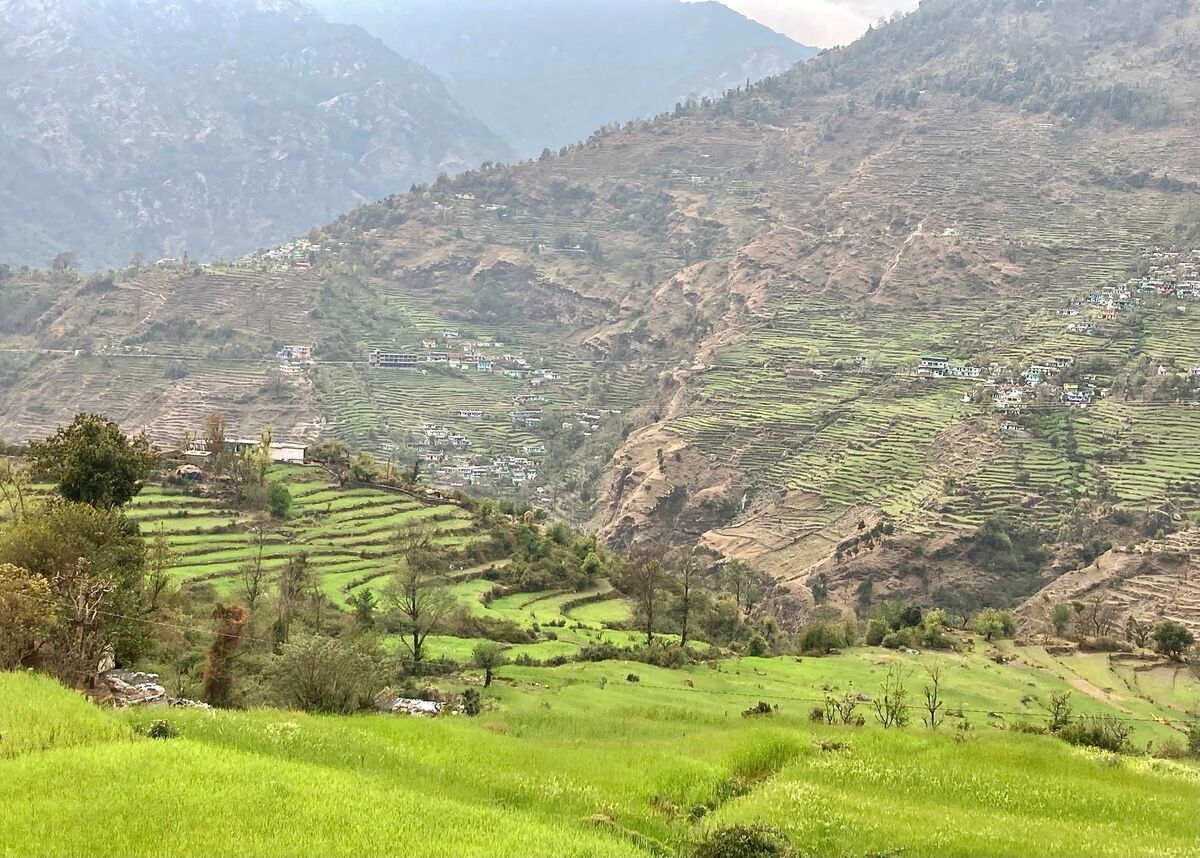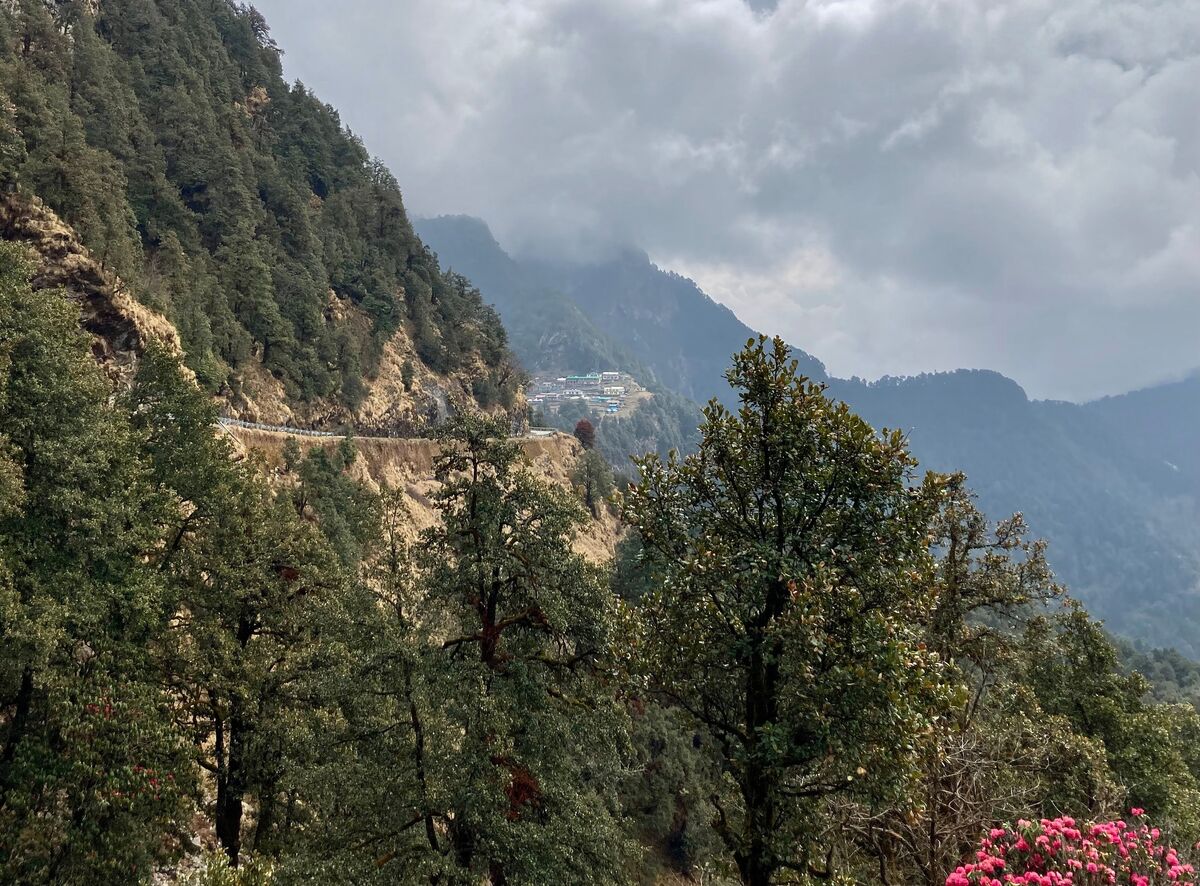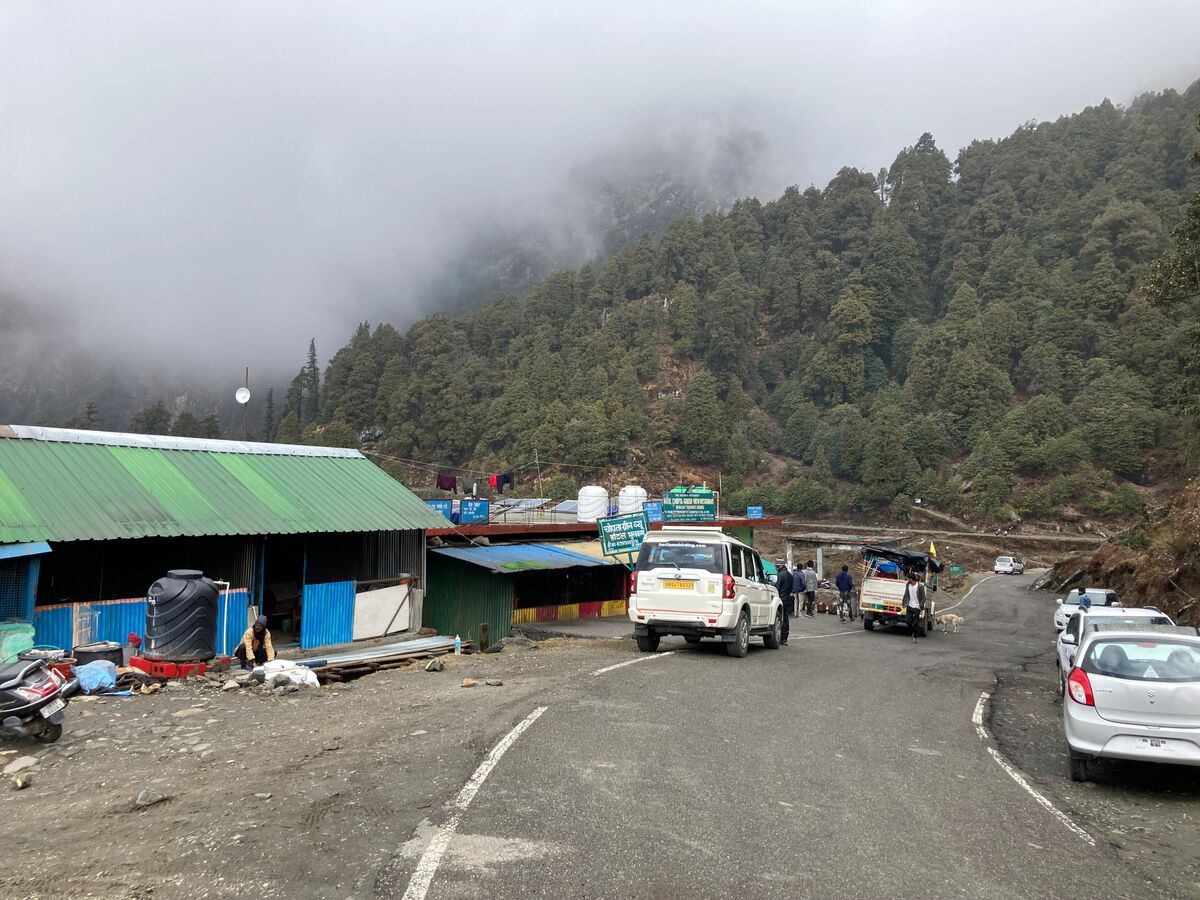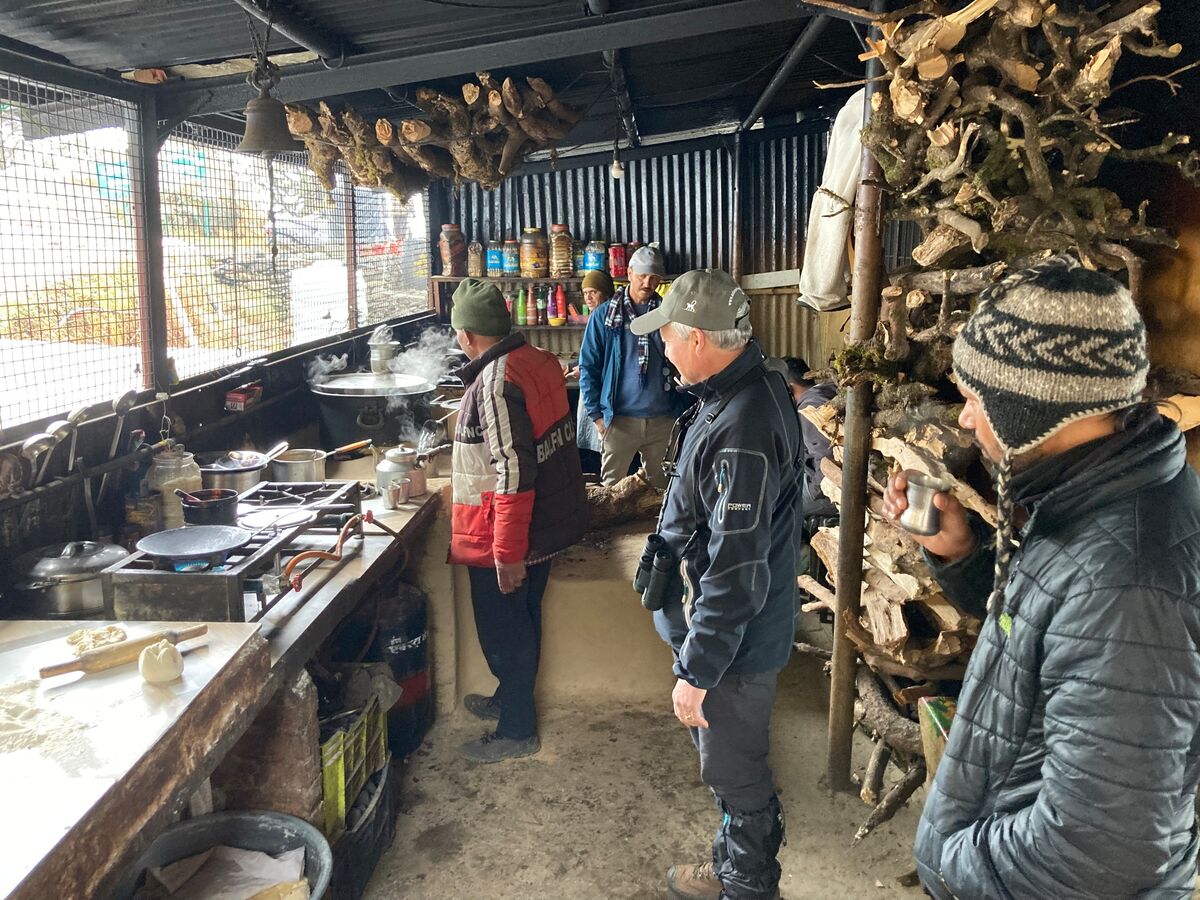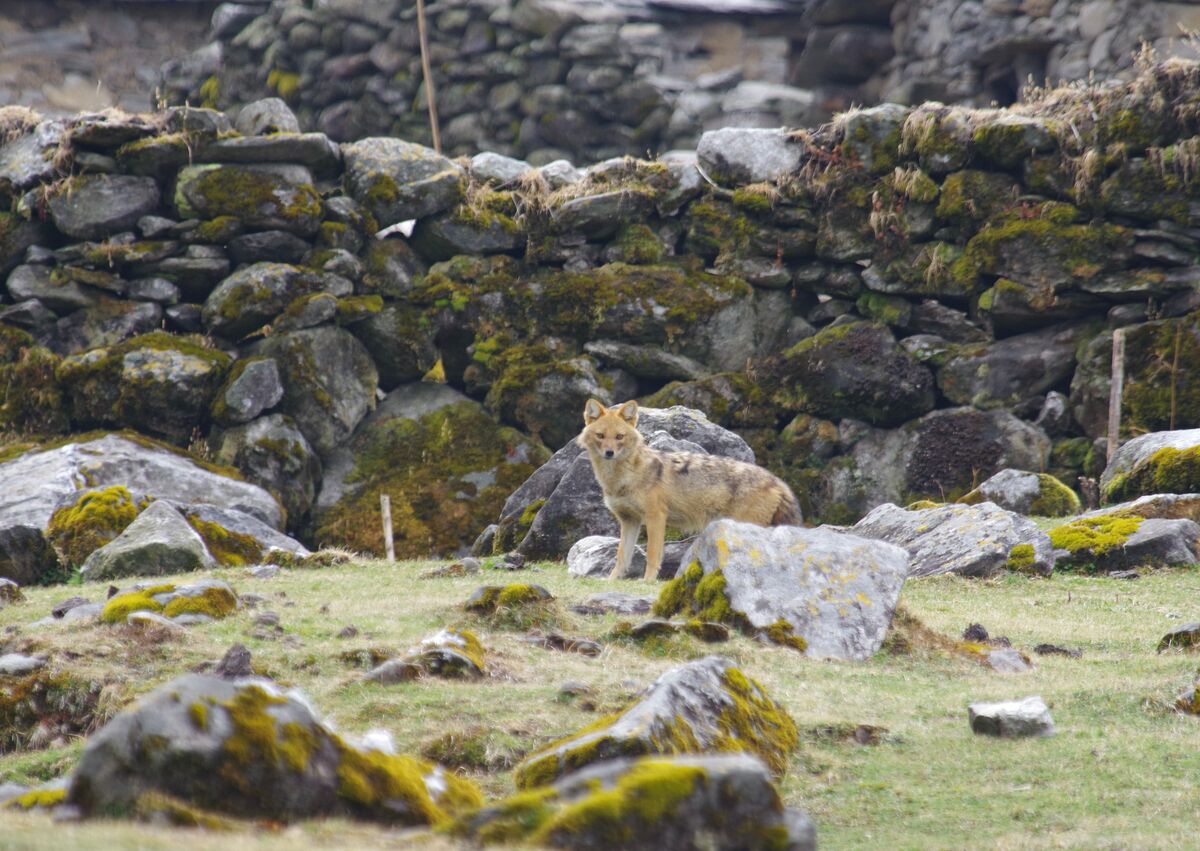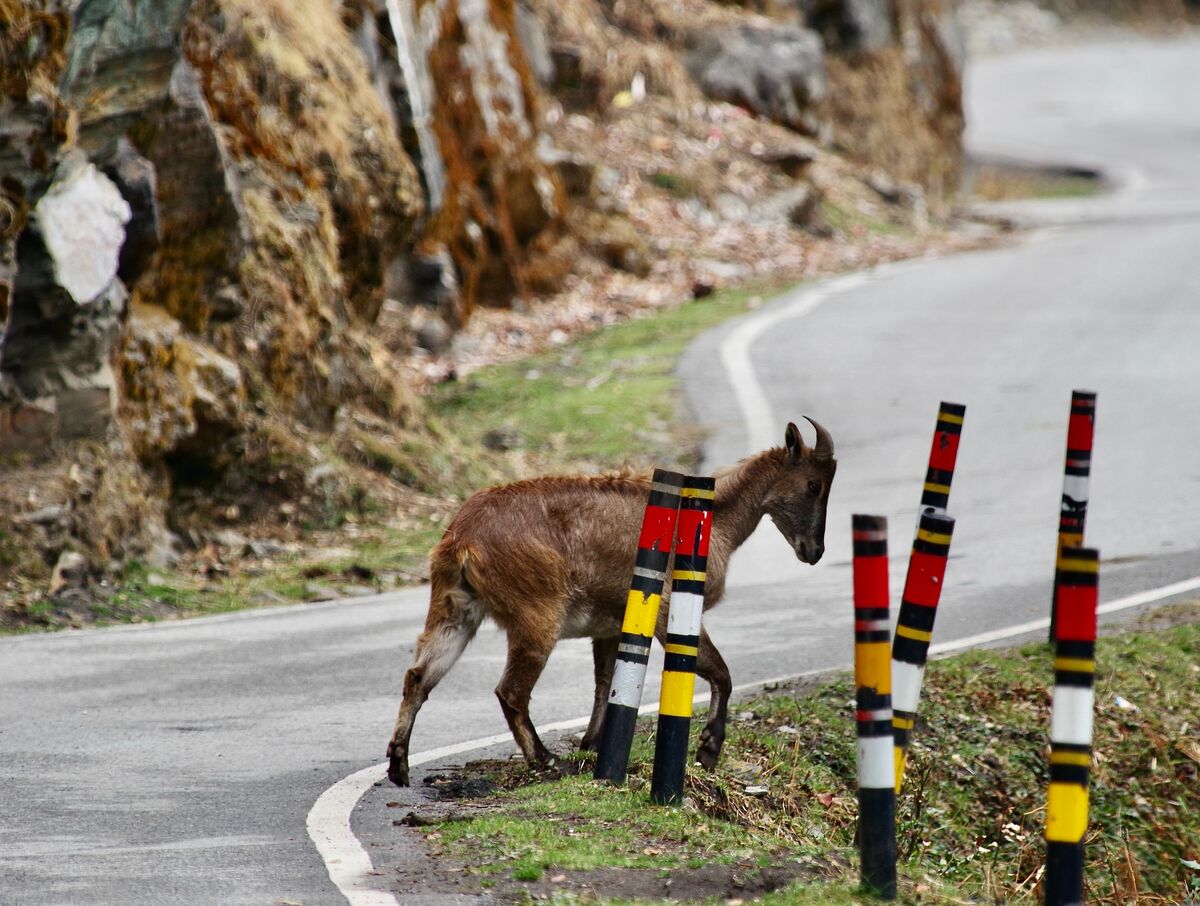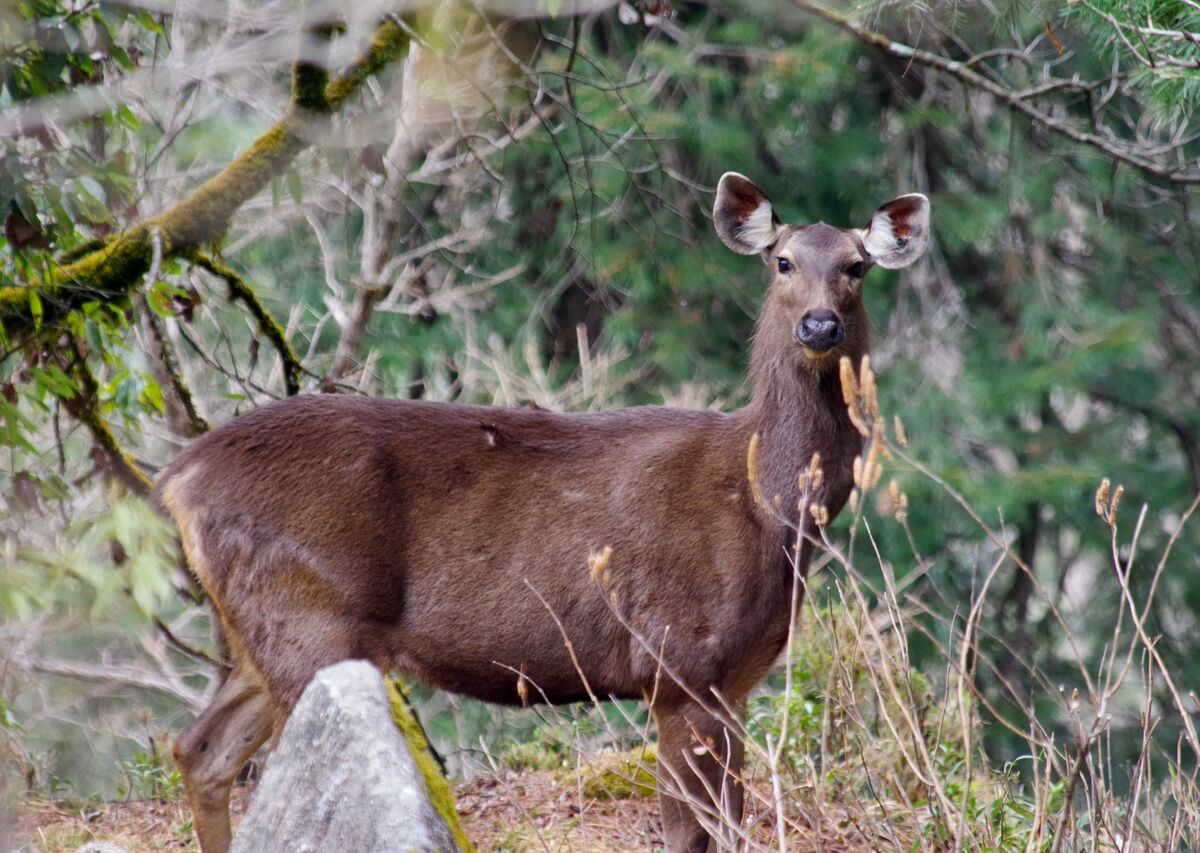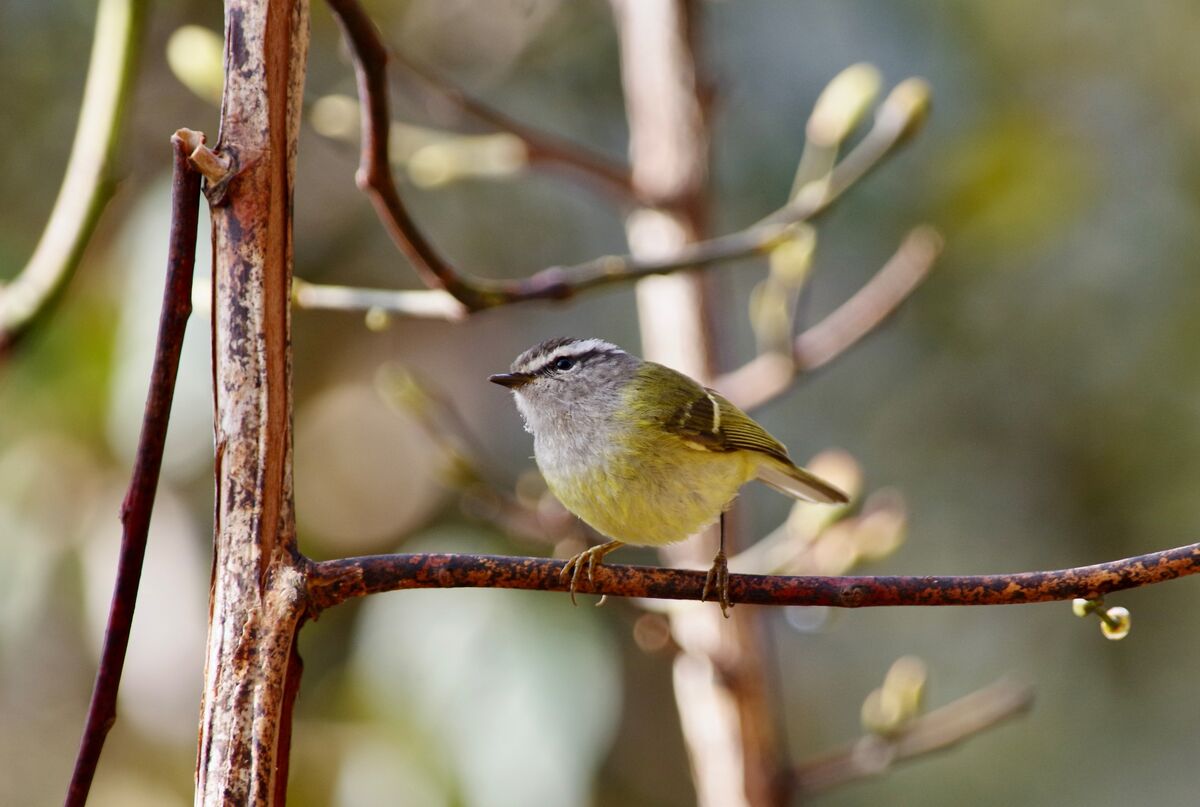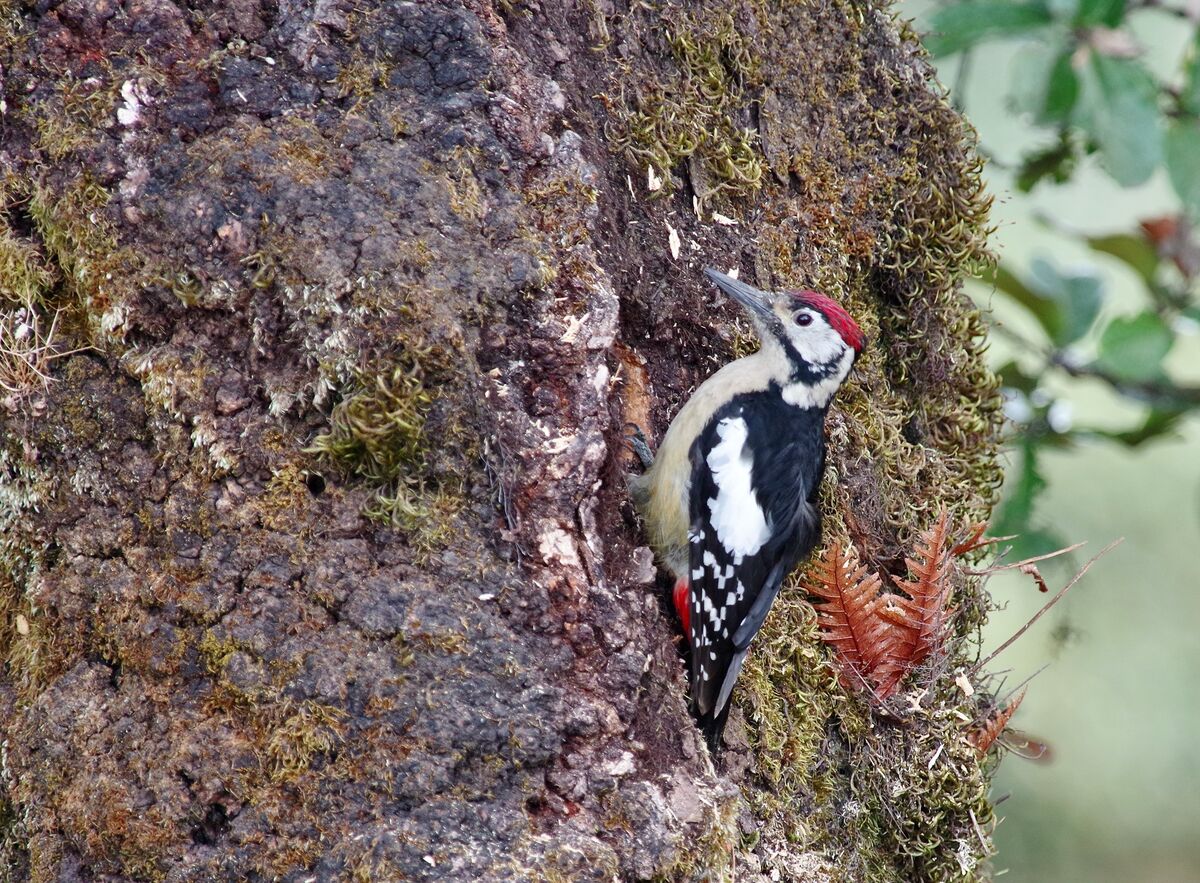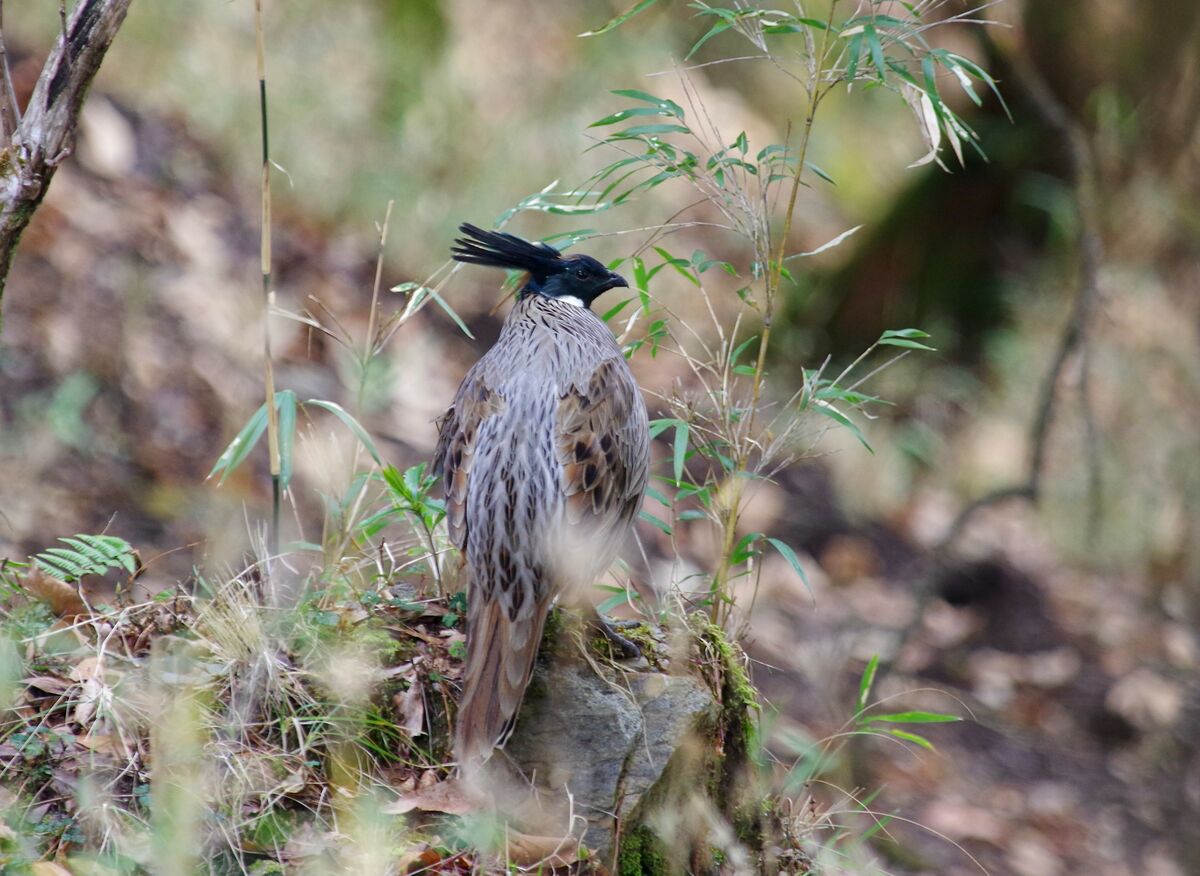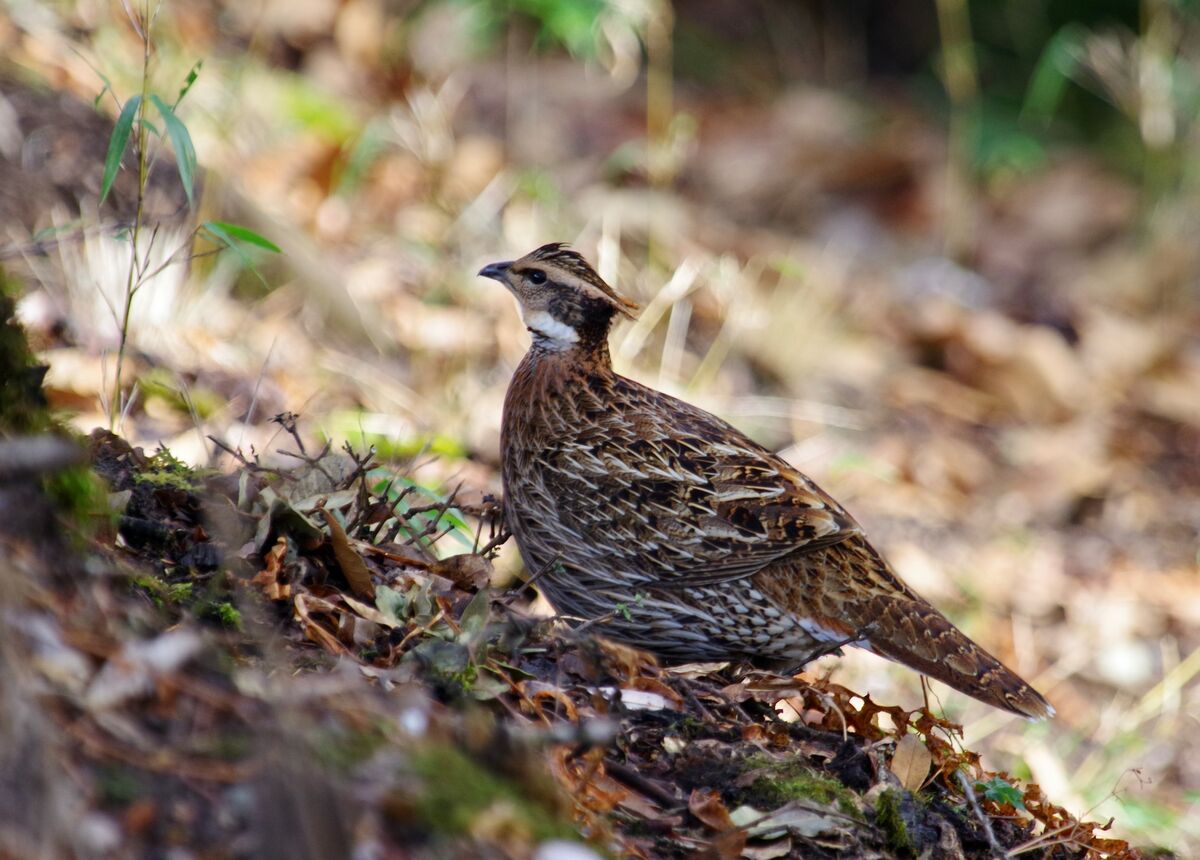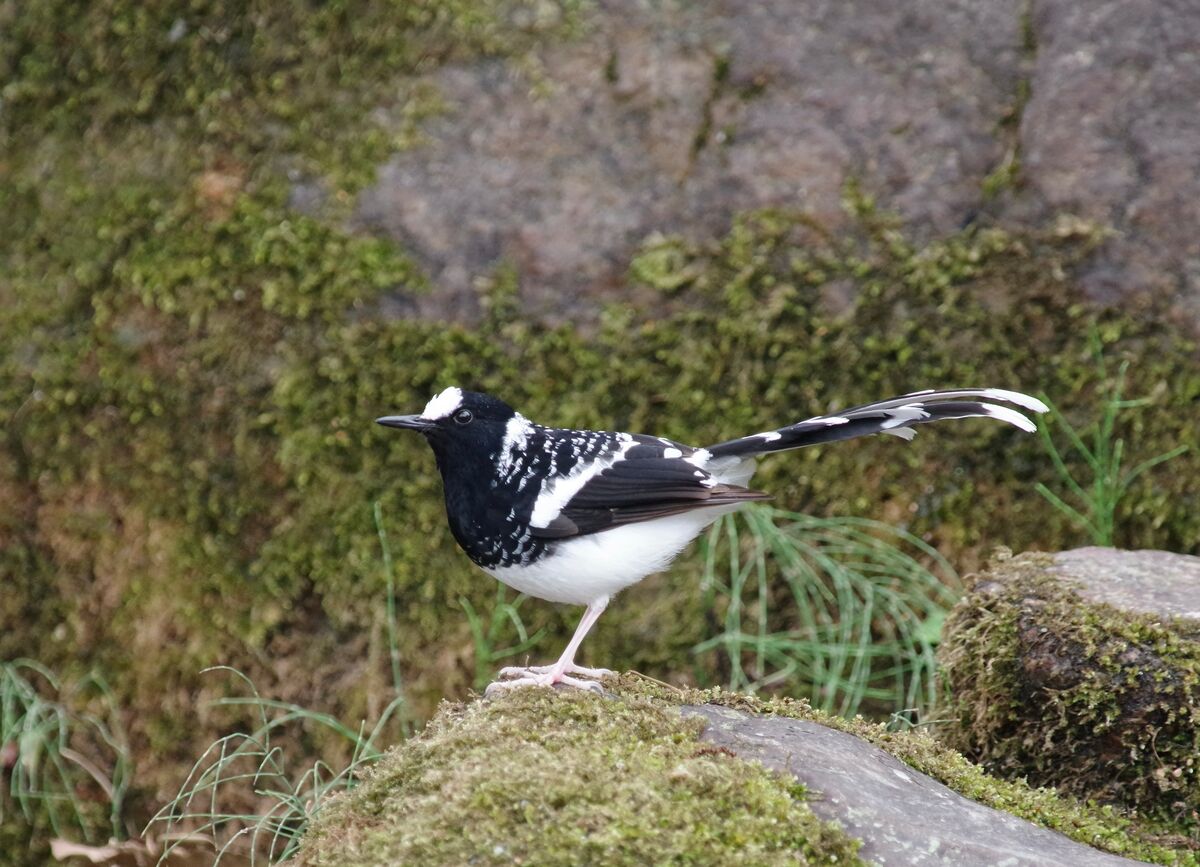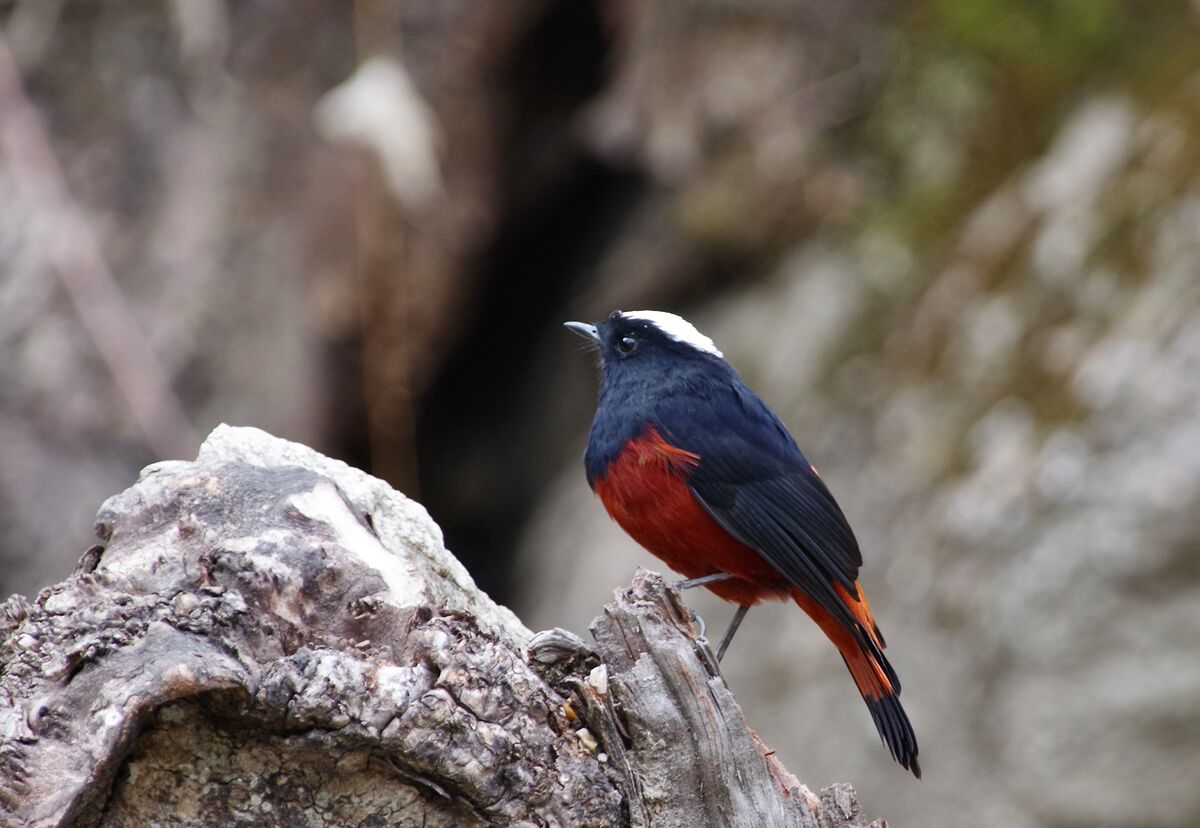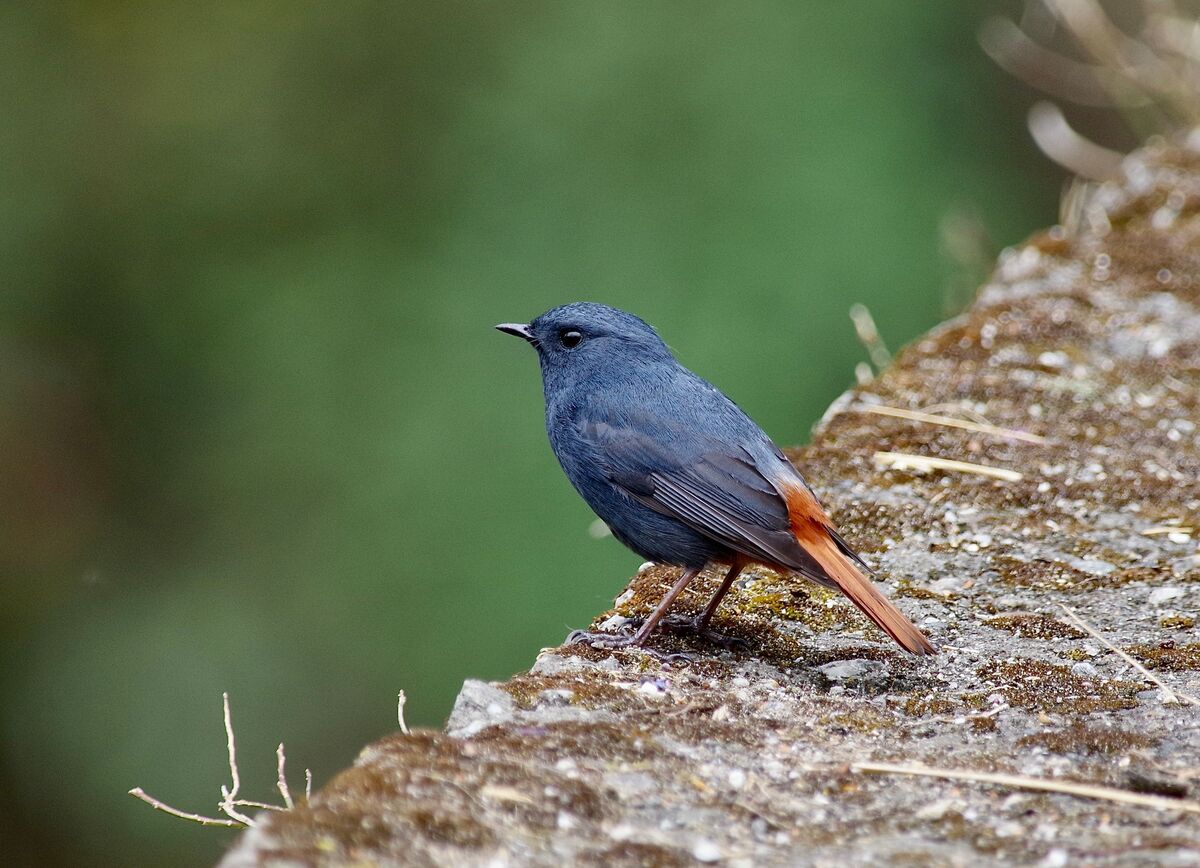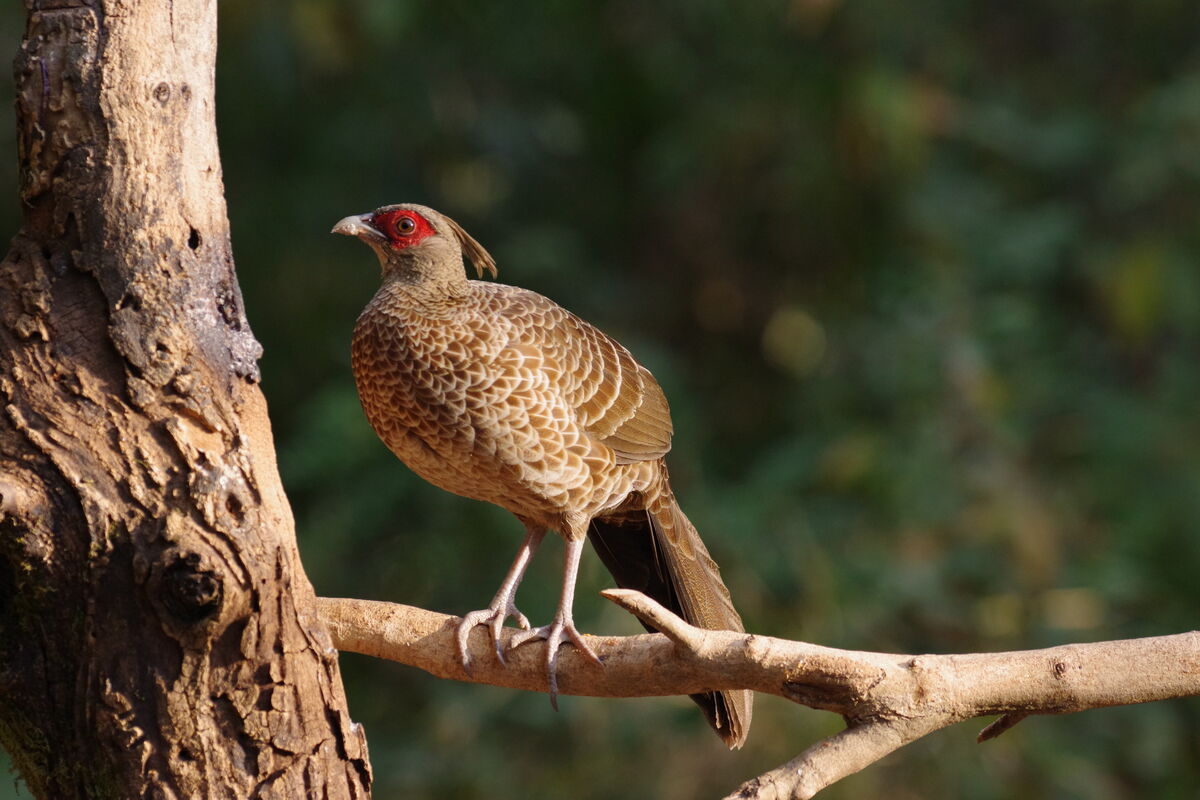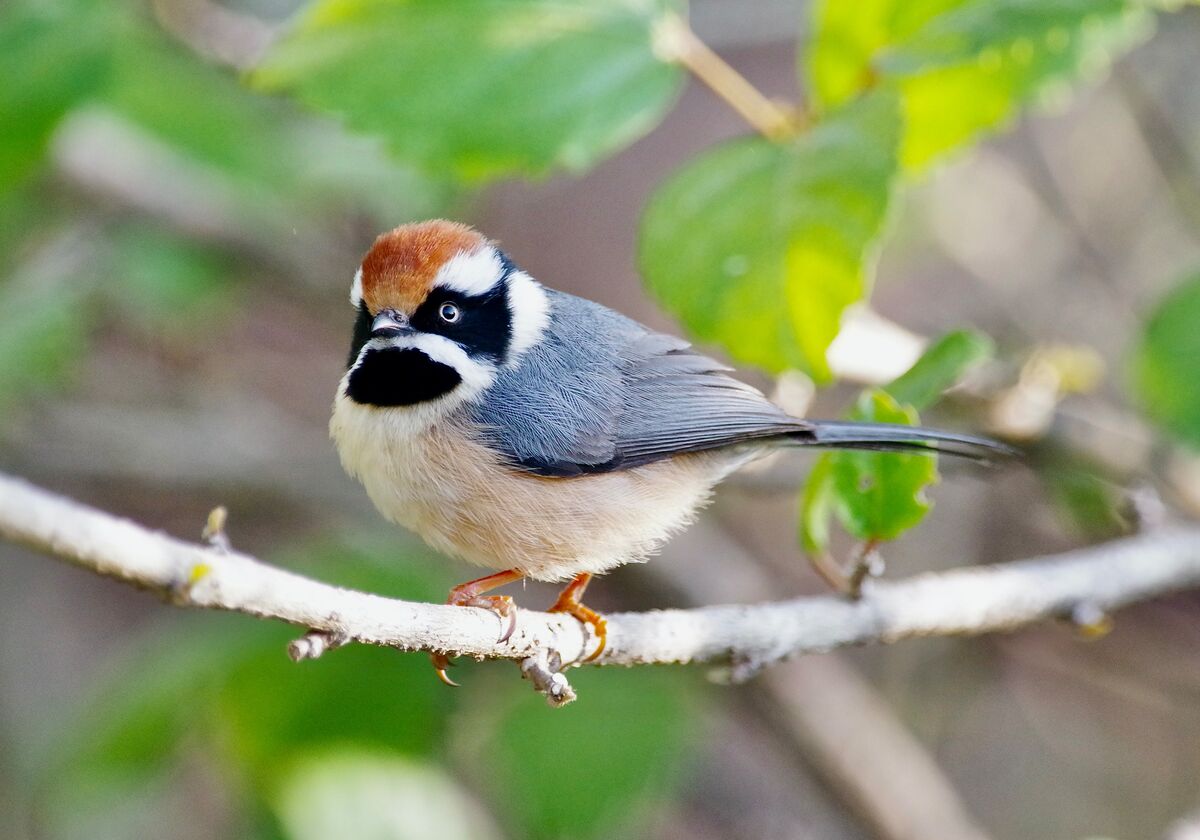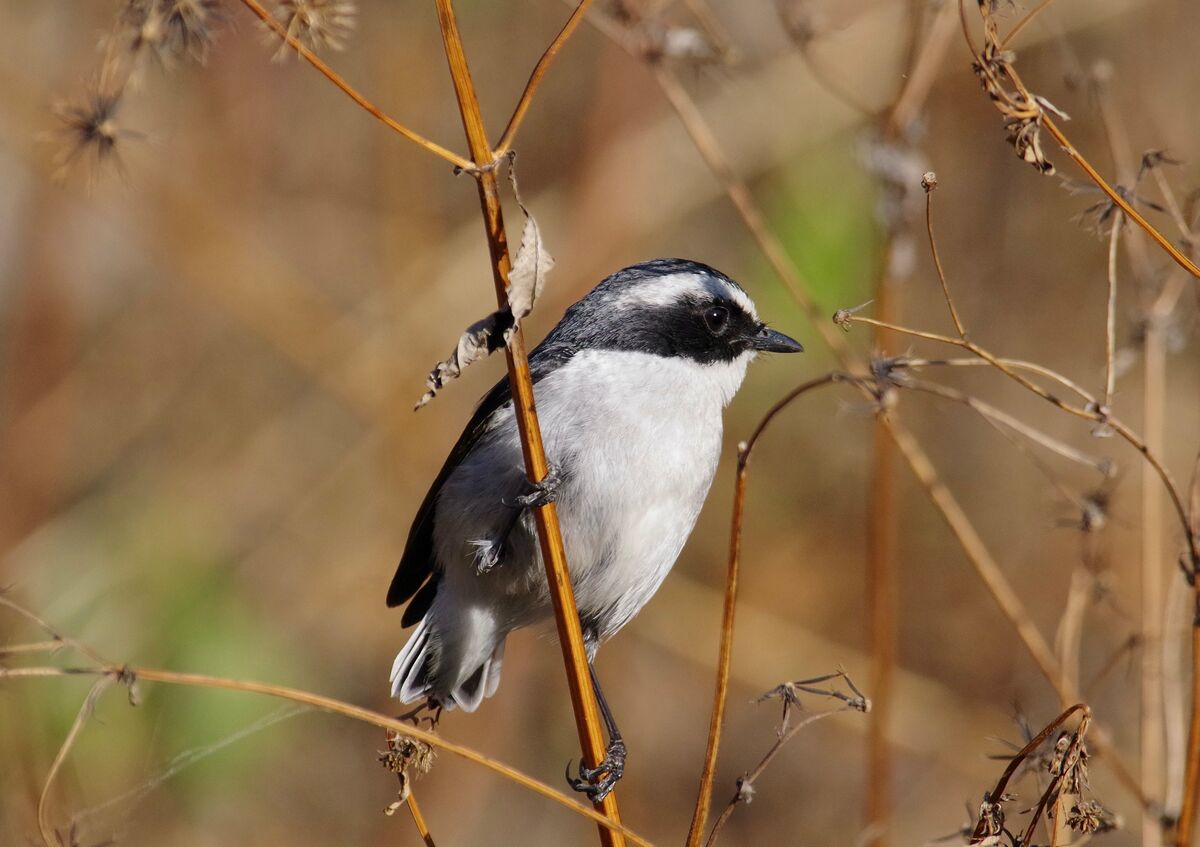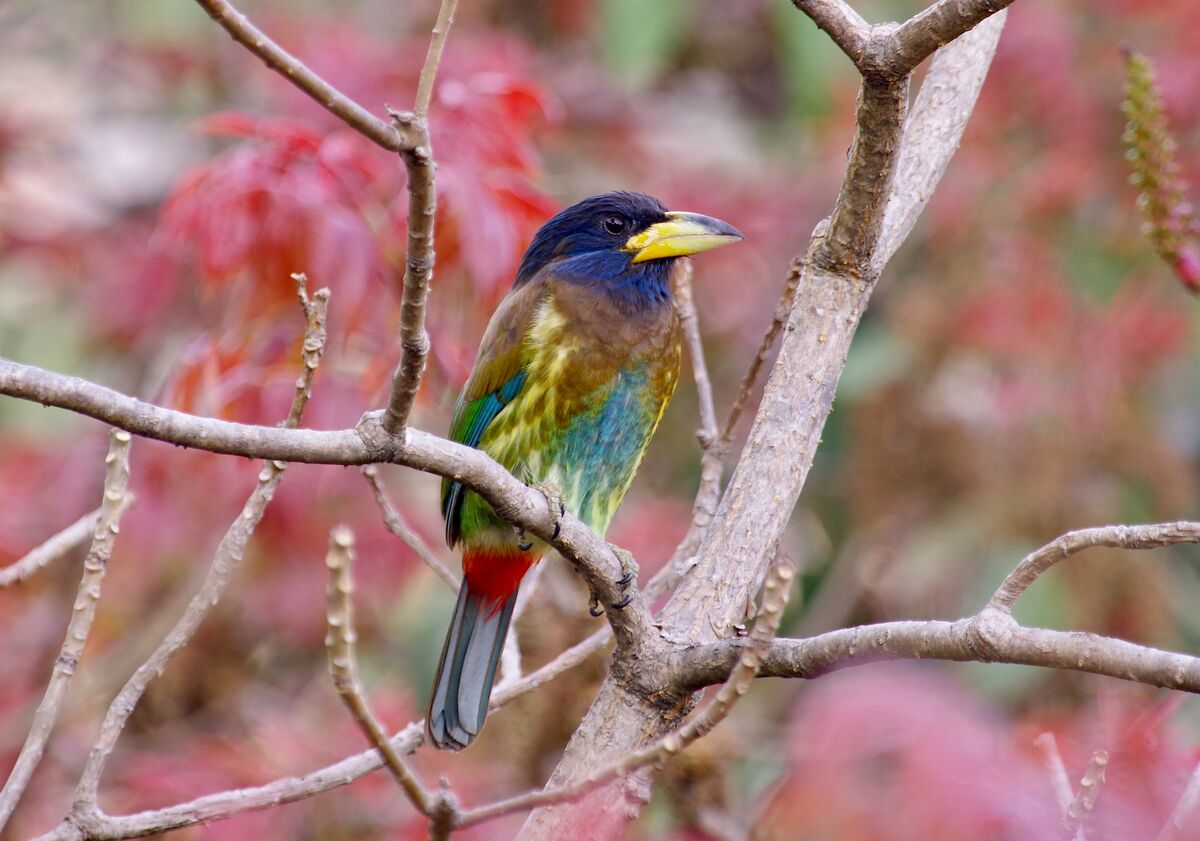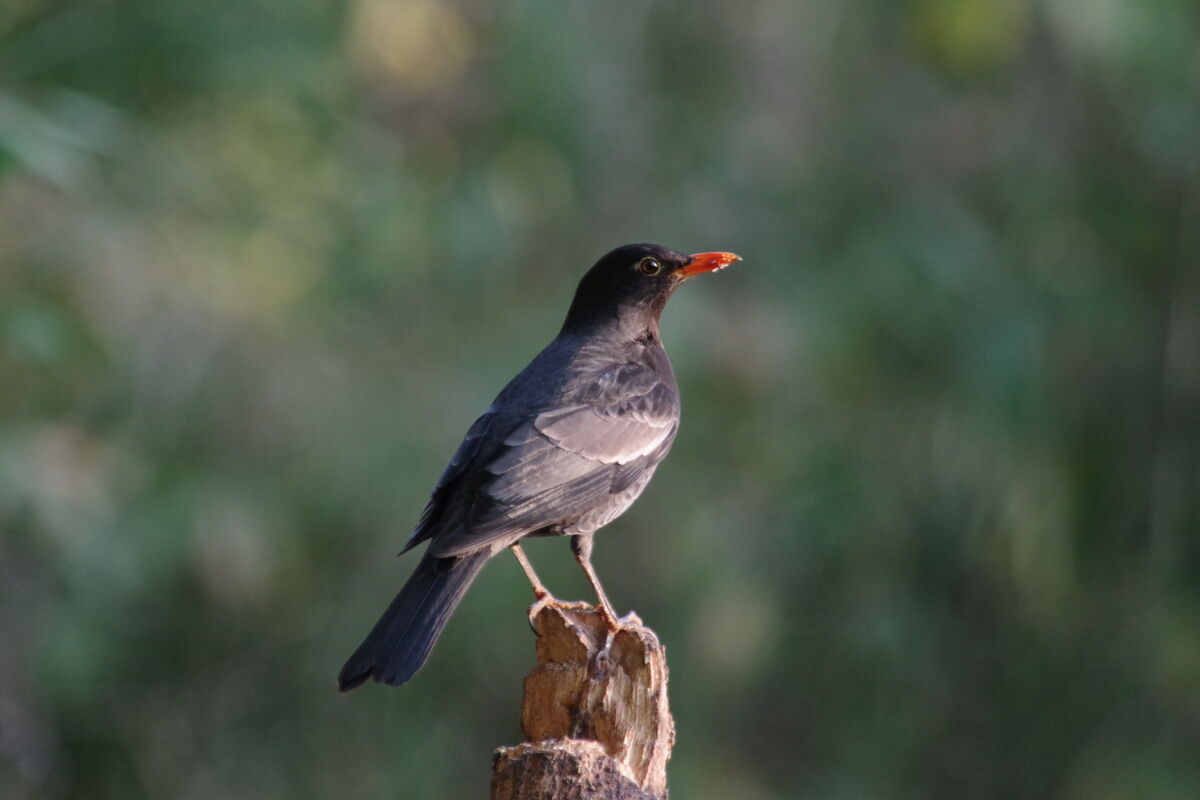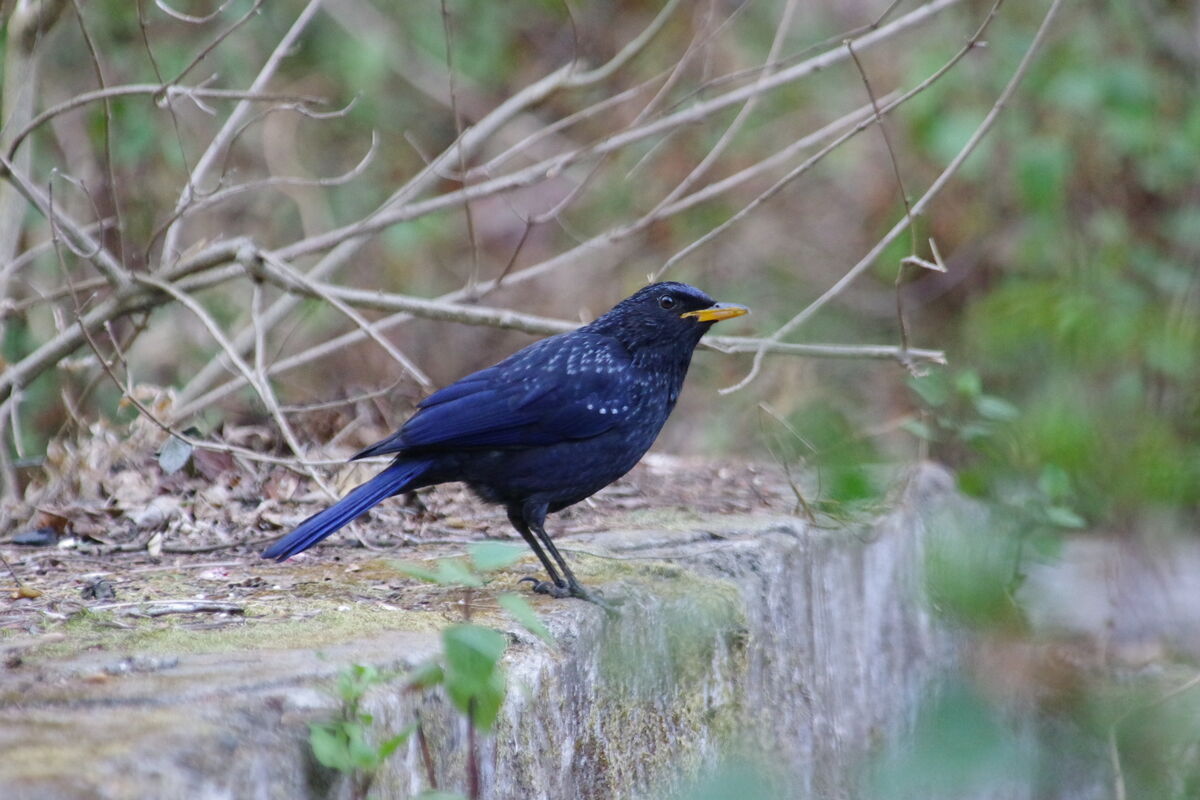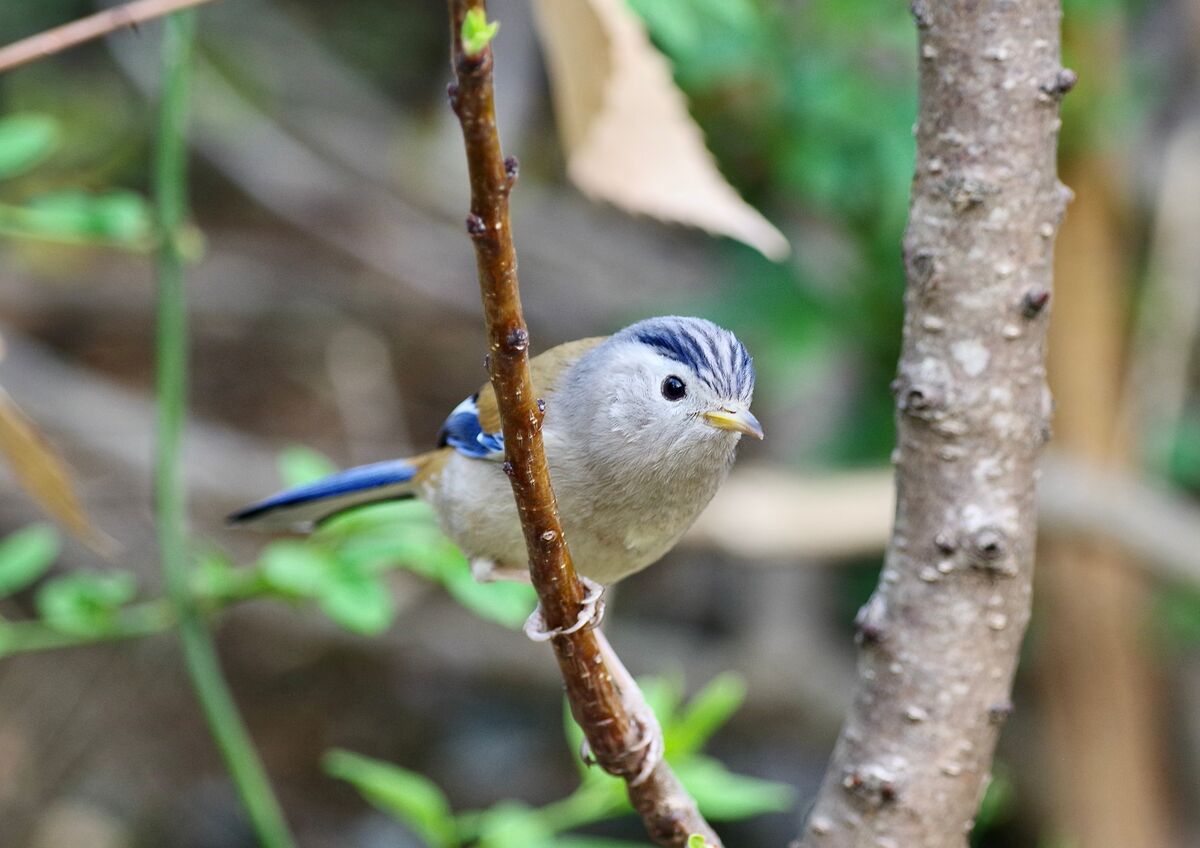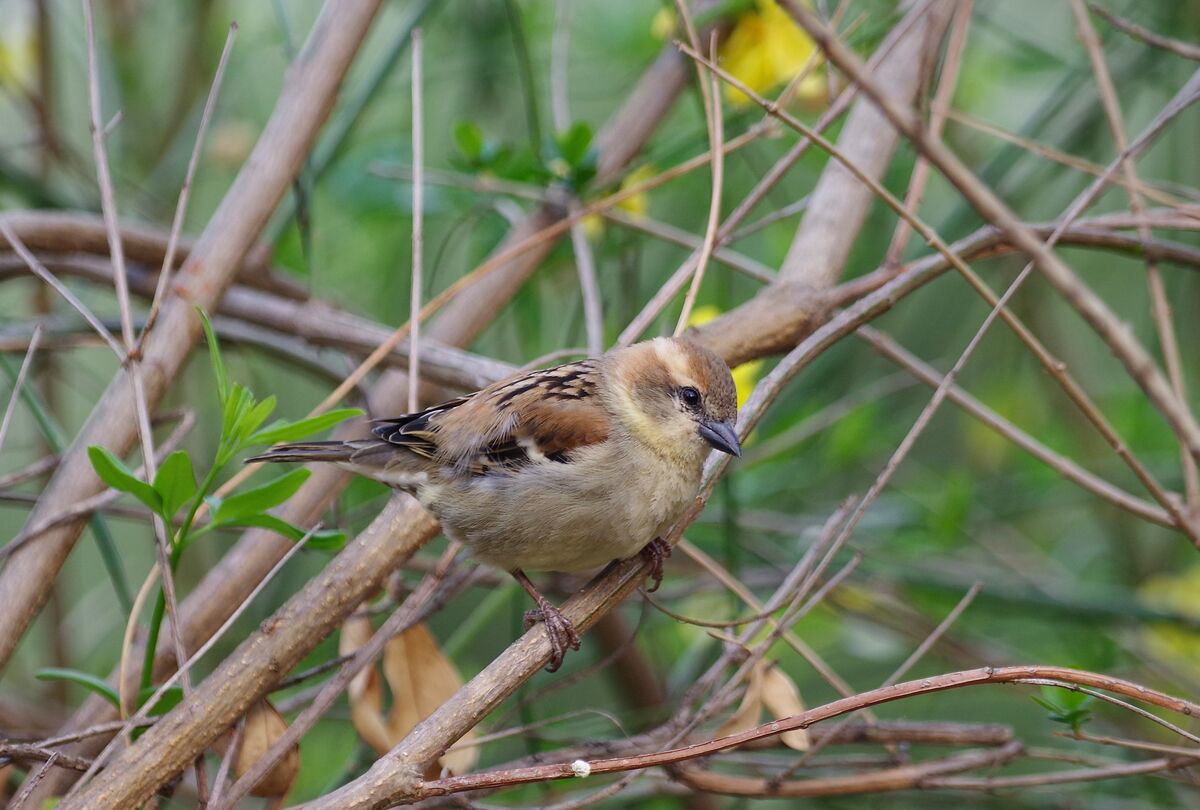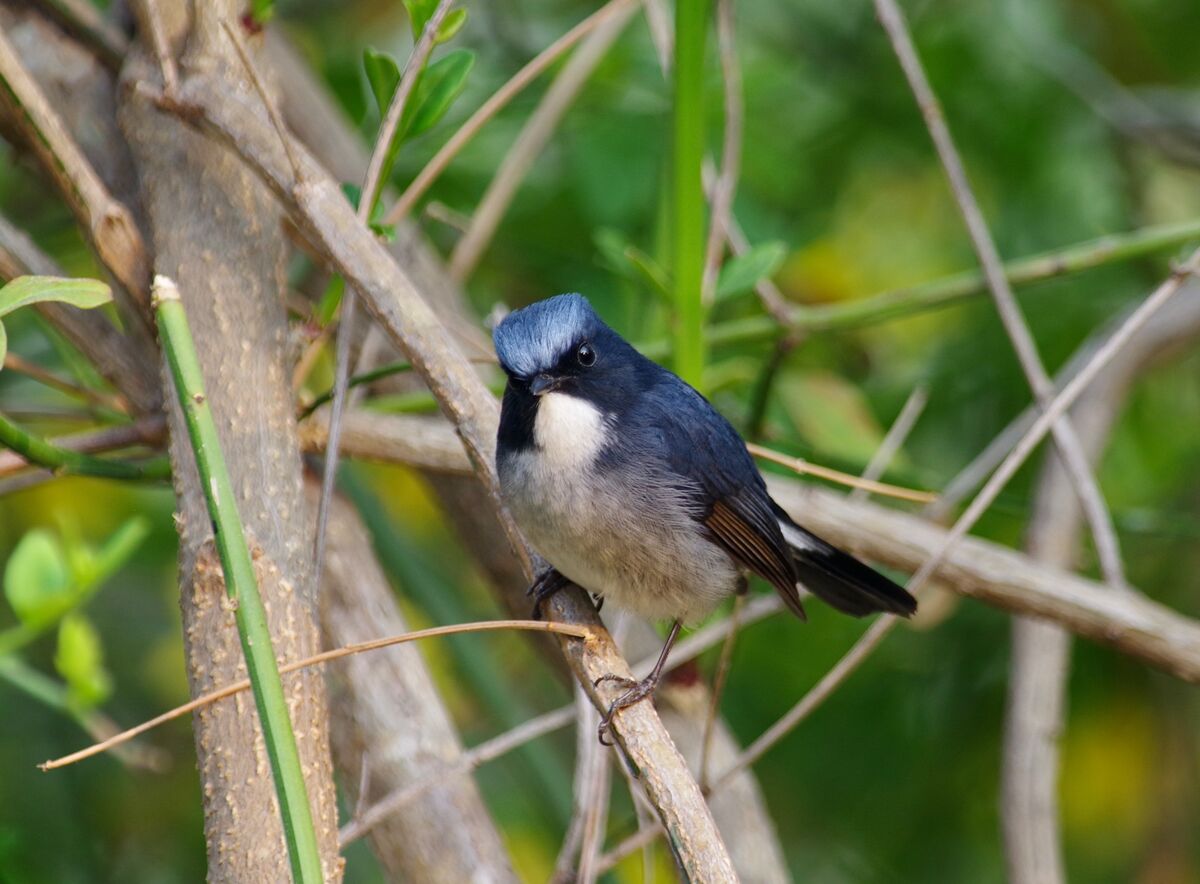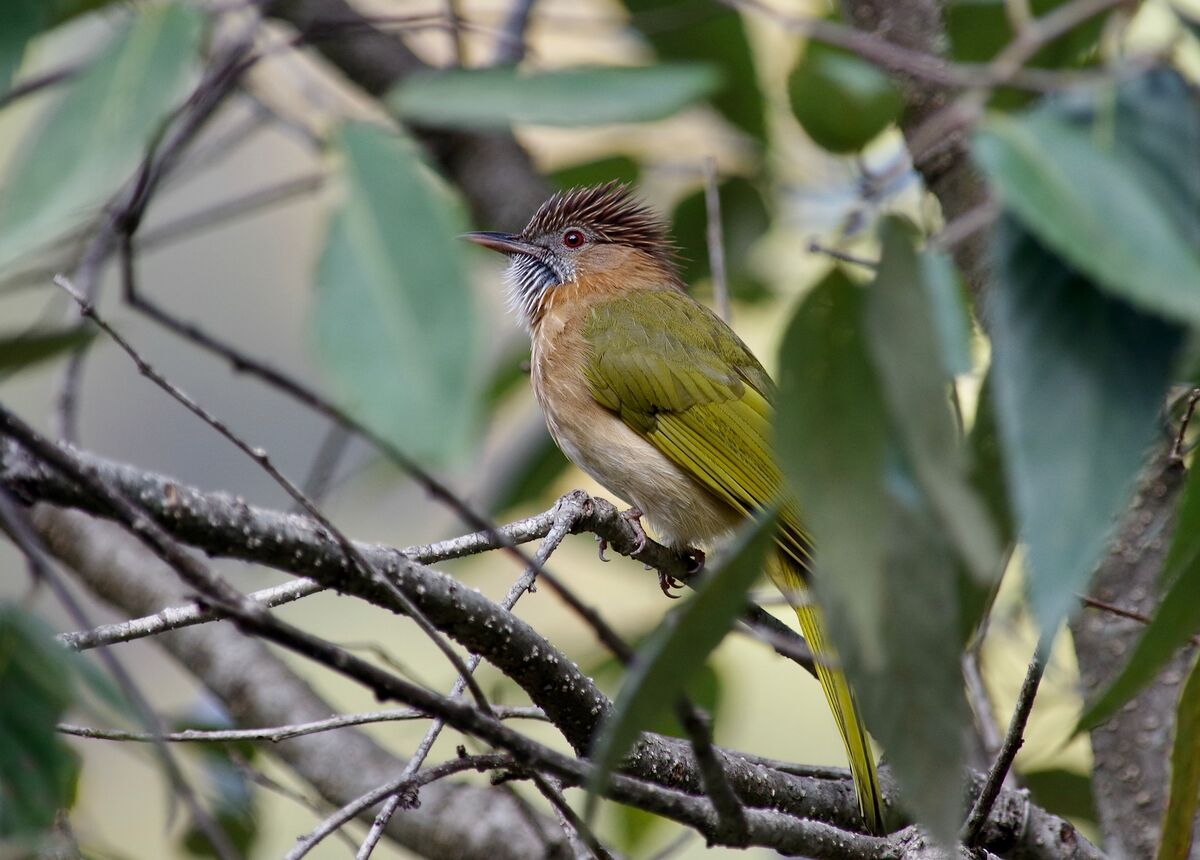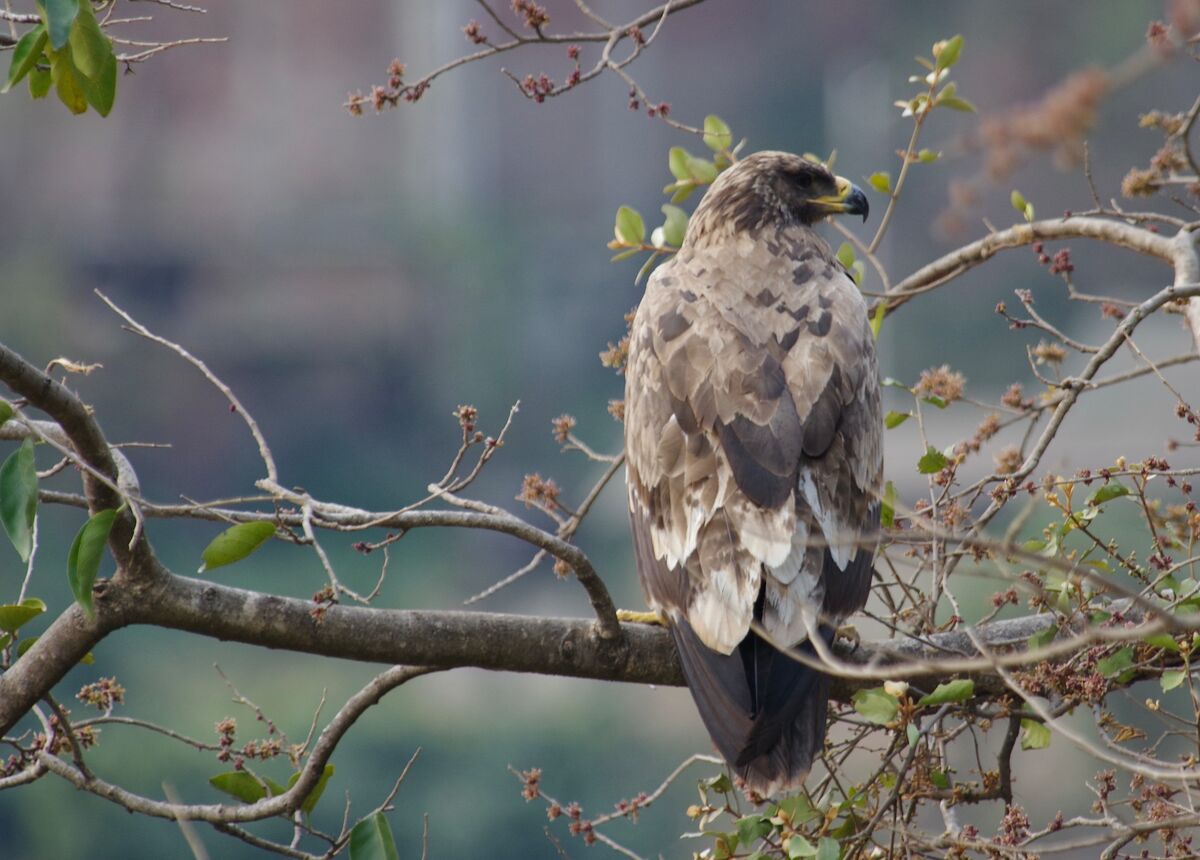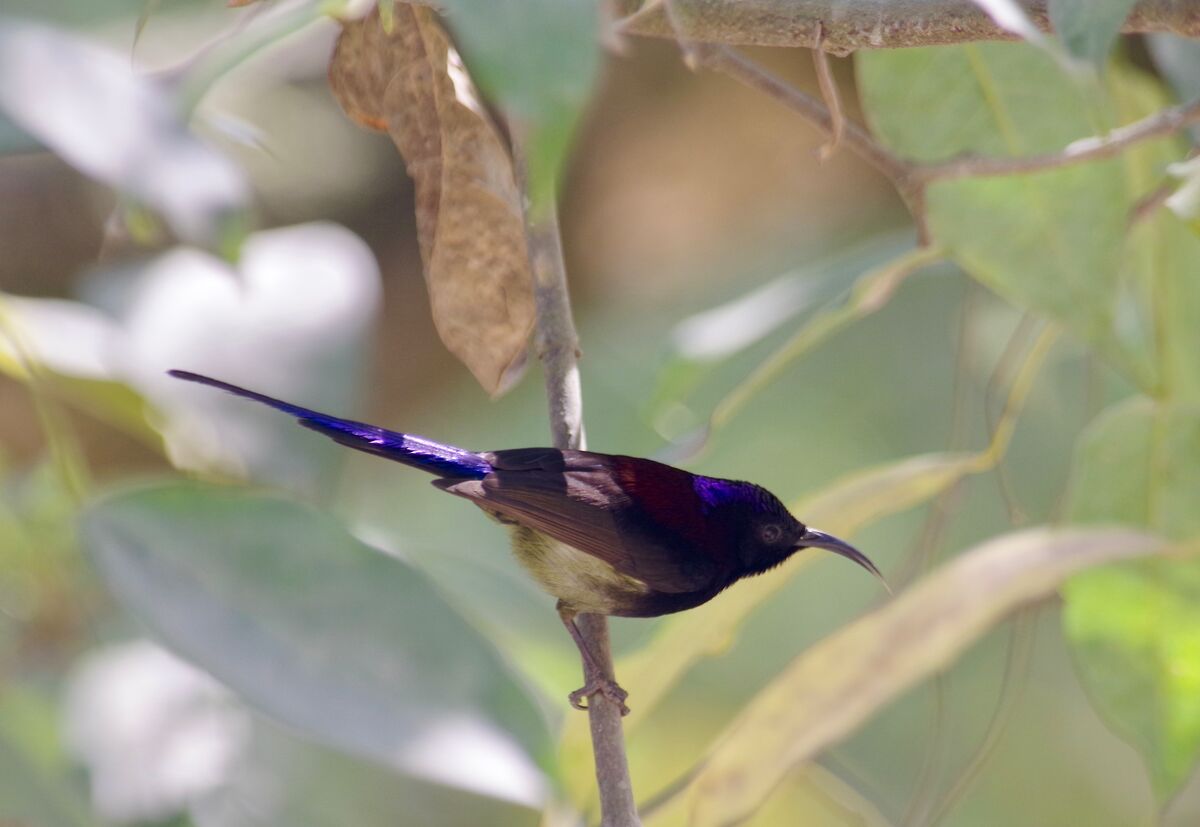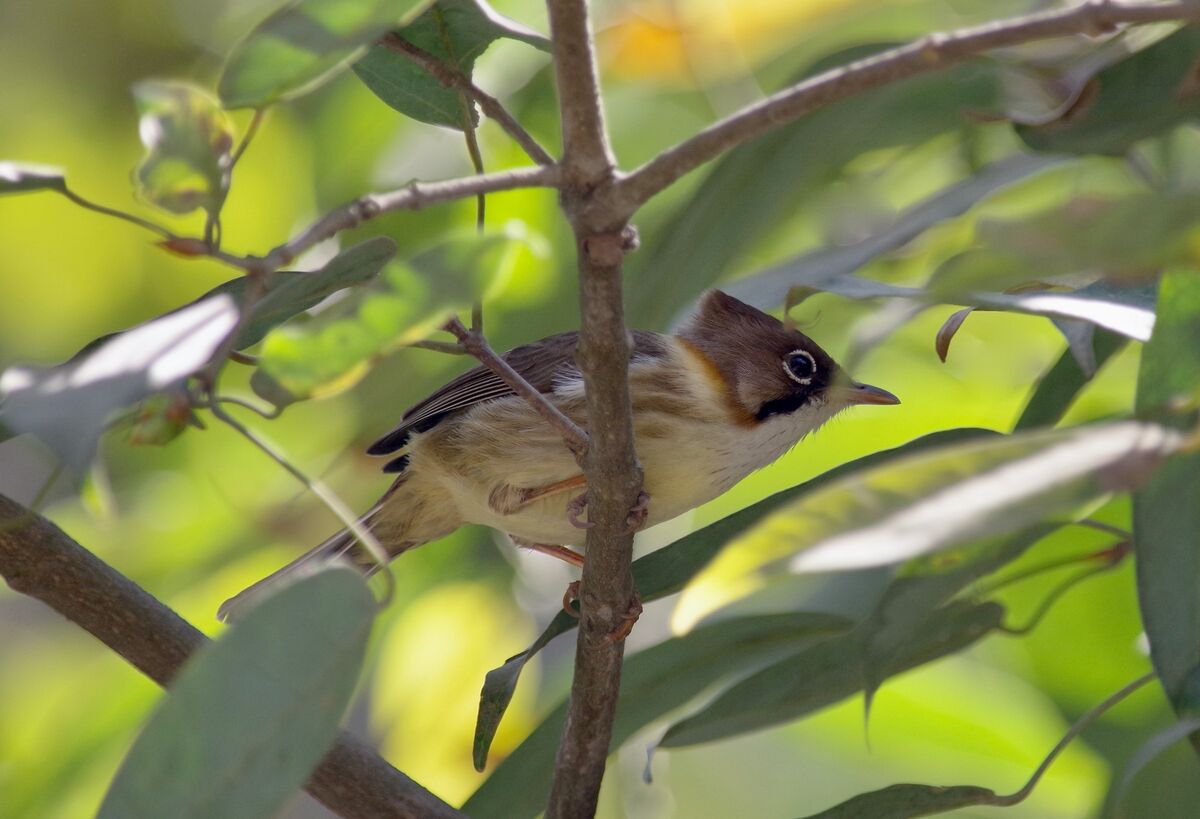Leif Rydell
India part 2, northern Himalayas.
This is the next section in my travel blog from India. Part 1 is describing Sattal areas in the southern part of the Himalayas. During this part of the trip my close friend Nick joined me. He was here to visit some places where his family used to live back in time. This part will give the story of two other destinations in this part of the Himalayas. Pangot and Chopta. Pangot is less than 2 hours from Sattal with car but on a higher elevation. Sattal is at around 15-1600 meters while Pangot is at 19-2300 meters above sea, depending on where you go. This means other species specialized for this altitude will be possible. We stayed at the cosy Jungle Lore Lodge which is placed well in the forest and some scattered open areas with a hide.
The restaurant here is very good with excellent food. I asked for a guided tour in the kitchen with the chef as I do like to cook myself. I spent about an hour looking and writing down his secrets. Here also a photo with my close friend Nick on the veranda with a cup of afternoon tea and our excellent guide Mahesh in the background (with a cap).

Birds easy to see here are the Black-headed Jay and Oriental Turtle-Dove which have visited Sweden a few times.
If you want to explore the area and see most of the birds possible, you need to have your own car or hire a guide through the lodge. We did the latter and had the young but excellent Mahesh who took us around for two days. The first of these days we travelled up to Cheer Point where just Cheer Pheasant sometimes can be seen. We didn't see it but we saw a pair of Koklass Pheasants. The road is very narrow and as I suffer from heights, I had to put some energy to concentrate on that. This part was also hard to take any photos on as they were either rather high up on cliffs or further down the slopes. Superb birds but with no photos were Black-faced Warbler, Pink-browed Rosefinch and Altai Accentor.
On the other side of the valley we walked through some areas where we saw some more good birds. Especially this Grey-crowned Prinia, which is quite rare and made our guide very excited as he only sees it occasionally. One more pic from the lower valley of me and Nick as well.
The second day we drove towards the famous touristic town Nainital. Here we saw quite a few new birds. A true mega bird for the area, the Vinaceous Rosefinch, had been present here for a month or so. Normally a more eastern bird, it made twitchers and photographers take the trip here just for this bird. This is in a very poor and dirty area and though I saw less of poverty than expected in India in general, we had it here. Also a very poor picture, mostly here as a memory.
Still some good birds to spot among all social disaster and rubbish. Here two of the most beautiful laughingthrushes, the Striated and the Chestnut-crownwed Laughingthrush.
At the lodge there are 2 families of different monkeys, sometimes arguing with each other and sometimes seem to live peacefully together. Here a mother and baby of Rhesus Macaque and Terai Langur.
The last day here before we prepared for our long trip further north towards Chopta, we took a walk by ourselves to the old "hill station" .... which used to be a cool stop for travelers but also for resident people at lower levels. The house is still there but probably not used. Up here we had our first views of the Himalayas far far away. The sky was decently clear this day but the pollution in the valleys is obvious at some spots. On the way back we had great views of this Rufous-tailed Niltava.
After these awesome 4 days we started our trip towards Chopta. actually Chopta is just a couple of houses high up in the mountains and most birders stay in Mandal which is lower down in the valley near a nice river where some of the best birds can be seen. The trip was arranged via Birder's Den and our guide was again the gentle Trilok. The drive up here is about 9-10 hours though only 320 km in length. On the way up you will do several stops both for stretching your legs and look for birds. Here Trilok and Nick at one spot and one of my very sought after species, the Wallcreeper at the other picture. I have tried for this bird before in Spain and Switzerland with no luck. Far up on a cliffs but still a nice memory.
Just before we came to Mandal we stopped at a hotspot for Scarlet Finch. We saw it but not close enough for pictures but the Red-headed Bullfinch, Grey-breasted Canary-Flycatcher and Tickel's Thrush did to my joy. As did the surroundings, it's lovely up here with all the terraces and coloured houses.
The following morning we set an early start for Chopta. Weather was not as good (clear) as normal for this season and the forecast for our 3 full days up here predicted only a few hours of sun this morning. If I should be able to see the Himalayas closer than in Pangot, it had to be this morning. On the way up we stopped at Monal Point which is the best (only) place to see this magnificent bird for the region, the Himalayan Monal. In total we saw 8 of which 5 were males. Great moment.
We had no time to loose so we continued further up the mountain. As we rounded the las curve, we finally saw the impressive horizon of the peaks. Starting to get cloudy we didn't get the total panorama but still a moment I have dreamt of for many years. An other fascinating thing about this area are the forests of Rhododendron. In Sweden we have these in our garden but normally at heights between 50 cm to max 2 meters. Here there are forests with trees that reach 8-10 meters. You can see a smaller tree next to me on this picture.
The roads are very narrow in places just hanging on the edges of the cliffs. Some with broken road fences! The few houses of Chopta.
We went back towards Chopta, which I have explained before, is just a few houses. Here we enjoyed a local breakfast in the local primitive way. Temperatures in the morning just a few degrees above zero.
Mainly a bird trip, I truly also enjoy animals. Up here you can see Jackal, Himalayan Thar and in the deeper forested areas also Sambar.
Obviously, we also had some excellent birds up here. Among these were: Ashy-throated Warbler, Alpine Accentor and the lovely Mrs Gould's Sunbird.
More birds in the upper parts were Himalayan Woodpecker and the awesome White-collared Blackbird in a Rhododendron tree!
We had luck to come close to a pair of Koklass Pheasants here as well.
The most spectacular part of this region is of course the higher parts, especially when it comes to the nature scenery. However, Mandal is very good for some highly wanted species. In the river that flows right through the village you should quite easily see Little Forktail, Spotted Forktail, Crested Kingfisher and Brown Dipper. Never got close enough for a decent photo of the Dipper but the other 3 were more cooperative.
In the river itself or on the rocks next to it you will have no problem seeing 2 stunning Redstarts, The White-capped and the Plumbeous Water Redstart. Decently easy also in Sattal, I came closer to them here.
Well, all things end at sometime. It was time for us to return back south. Nick to meet his brother for the "family history" trip and me for the next part (beach and tiger).
Total amount of birds seen in Pangot and Chopta area was 176. Some of these were obviously also seen in Sattal. The total amount for the whole Indian trip, Sattal, Pangot Chopta, Goa, Bharatphur, Corbett and Ranthambore was 290. The last 4 places will be described in part 3.
India part 1, southern Himalayas.
1st of march (2023) I went to India for 38 days. This was a special trip in many ways as I travelled alone and purpose was not only to do birding/ wildlife watching. India has been interesting me for many years and I also wanted to go there to "feel the essence" of this, in many ways, dramatic and complex country. I also had two dreams that I wanted to fulfill, seeing the peaks of the Himalayas and see a wild tiger. The first part is about my first 12 days which was spent in Sattal and vicinity (Birder's Den).
I landed in Delhi and spent the first day there for a classic sightseeing tour. I saw the most popular sites, for example Qutub Minar and the big and quiet Lodhi Garden with many Black Kites flying around the different fort buildings just before dusk.
I made quite a few trips by train which was a special experience. It had expected rather high quality in the 1 class wagons but it all felt rather simple. It was also quite uncomfortable with the beds as seats. Most trips I took were during the nights. Here a picture from Delhi major city terminal.
In the morning I arrived to Kathgodam and was picked up by Trilok who is working at Birder's Den, which is the main birding lodge in the Sattal area. Sattal is a hot spot for the lower parts of the Himalayas and most birders stay here a few days during their trips. I stayed for 10 days and it is a great place to see the best birds. You need to go to different places though, so if you don't have your own transport/ guide you need to hire Trilok at the lodge to take you around. The view is from my room.
There is a hide just at the lodge and many people stay most of their time there. Photographing has become so popular these days and many visitors are not birders in the general (old) way. Obviously I spent some time there as well. One of the star birds is the Kalij Pheasant which shows up every day to our delight. Here the male and the female.
The lodge has some surroundings (not big) where you can walk by your own and look for passarines which are resident but also migrants passing through. Birds nesting right in the garden are the very handsome Black-throated Tit and the ever present Himalayan Bulbul.
My first afternoon here, I started a walk down the mountain towards Sattal village and Sattal Studio Point by the small lake. The distance is much longer than expected and it took a while to get there. On the way down I meet a few active photographers. They were watching a Scaled Thrush in a slope. This bird is very shy and also almost impossible to find on the ground if you don't know exactly where it is because of its camouflage. Even a "brown" bird can be attractive!
I finally reached the studio but activity was quite low so I walked a little bit further before I went back. On the way back I started to feel sick and my stomach got more and more upset. Totally exhausted, I finally reach back home and made it to the toilet before hell broke out. Apparently I had got the infamous Delhi Belly. The next 36 hours were spent in bed with a few exceptions to make it to the dining hall for some rice and bananas. This stomach infection continued all 5 weeks though I went to different doctors. The good thing in this story is that I still manage to complete my plans every day, though quite tired some days.
Good to know that one of my true favorites during the trip, the White-throated Laughingthrush, made every day joyful. This bird is so funny with its very special sounds and social behaviour. It needs to be experienced to make justice.
Even though not like South America, this garden and adjacent areas are full of interesting birds. Here the common Grey Bushchat and Red-vented Bulbul.
Also common at the lodge and also sometimes at the hide were Great Barbet, Grey-winged Blackbird and Blue Whistling Thrush.
At the hide you can see around 20-25 species in a good day, depending on weather and time of the year. 4 woodpeckers frequently visit the hide. Here Greater Yellownape and then Grey-headed. The Grey-headed WP is very common and unshy here in contrast to Sweden where it is both shy and rare.
Other frequent birds at the hide but also in the garden are the very social and noisy Plum-headed Parakeet, the attractive White-crested Laughingthrush and Grey Treepie.
For many photographers, the colourful Red-billed Magpie was a mega bird and you could hear all the cameras taking pics in great numbers.
One evening there were a lot of flies which have just been hatched and they became a dinner party. On the lawn just a few meters away we all enjoyed Streaked Laughingthrush, Green-backed Tit, Blue-winged Siva (Minla), Red-billed Leiothrix, Russet Sparrow and as the strawberry on the cake a fabulous Slaty-blue Flycatcher.
Other nice species seen most days here were the strong coloured Verditer Flycatcher and striking Mountain Bulbul.
On day I hired Trilok to go birding further south, down the mountain where other species would be possible. I saw quite a few new species and among them the powerful Steppe Eagle and the absolutely smashing Crimson Sunbird.
If you go to Sattal, Chaffi which is a smaller village/ area about 30 minutes away with car, is a must. There's a stream here where you can see 2 Forktails, Chestnut-headed Tesia and many more. The Tesia and the Forktails are two of my favourites from this whole trip but light was poor in the creek so I didn't manage to get any decent photos. However I got good photos in Chopta of Forktails which is described in that blog part. Brown-capped pygmy Woodpecker, Black-throated Sunbird and Whiskered Yuhina were cooperative enough for photos though.
I will finish this part one with the most wanted bird for this part of the trip, an absolute stunner, the Himalayan Rubythroath, which stayed a few days in the village close to a lawn.
In this region I spotted 97 different species.
Next, part 2: Pangot and Chopta further north and higher altitude.



